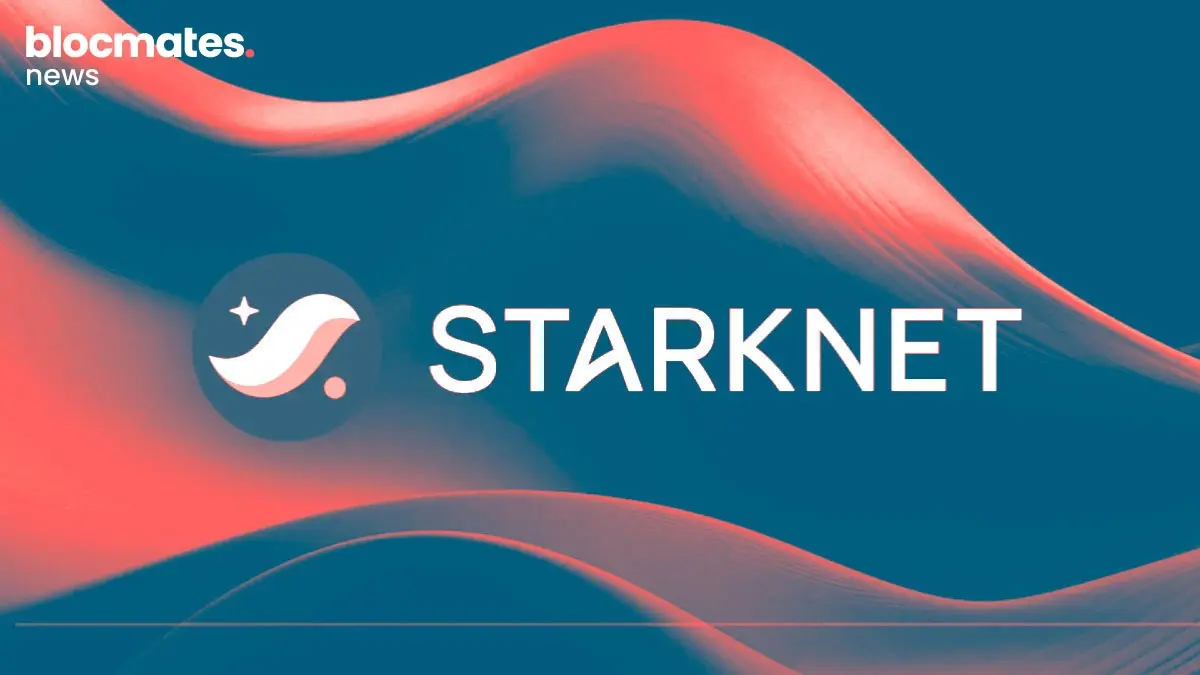I know for a fact that at one point or another, we’ve all wanted to utter these words.

Honestly, with how the crypto landscape is shaping up, we’ll all need a comprehensive quant team rather than just one quant to compete in the markets.
There are 150+ blockchains with over 3000 applications, offering different financial instruments and earning avenues. Truth be told, it’s becoming nearly impossible to keep up with everything manually.
Add to this the varying security implications of each chain/application, the technical differences across the products, the difficulty of asset mobility across networks, and the growing sophistication of ecosystem participants (i.e., institutions and bots).
There has never been a bigger need for everyone to have their own personal quant to navigate the choppy and treacherous waters of the crypto world.
Thankfully, our technological overlords have blessed us with a little something called AI; you might’ve heard of it! ;)
The idea here is to leverage AI to automate and simplify the process of identifying, creating, and executing DeFi strategies.
Almanak is coming to market with a product that allows all the smooth-brained degenerates like you and me to have our own personal quant at our fingertips.
So without further ado, let’s jump into it.
What is Almanak?
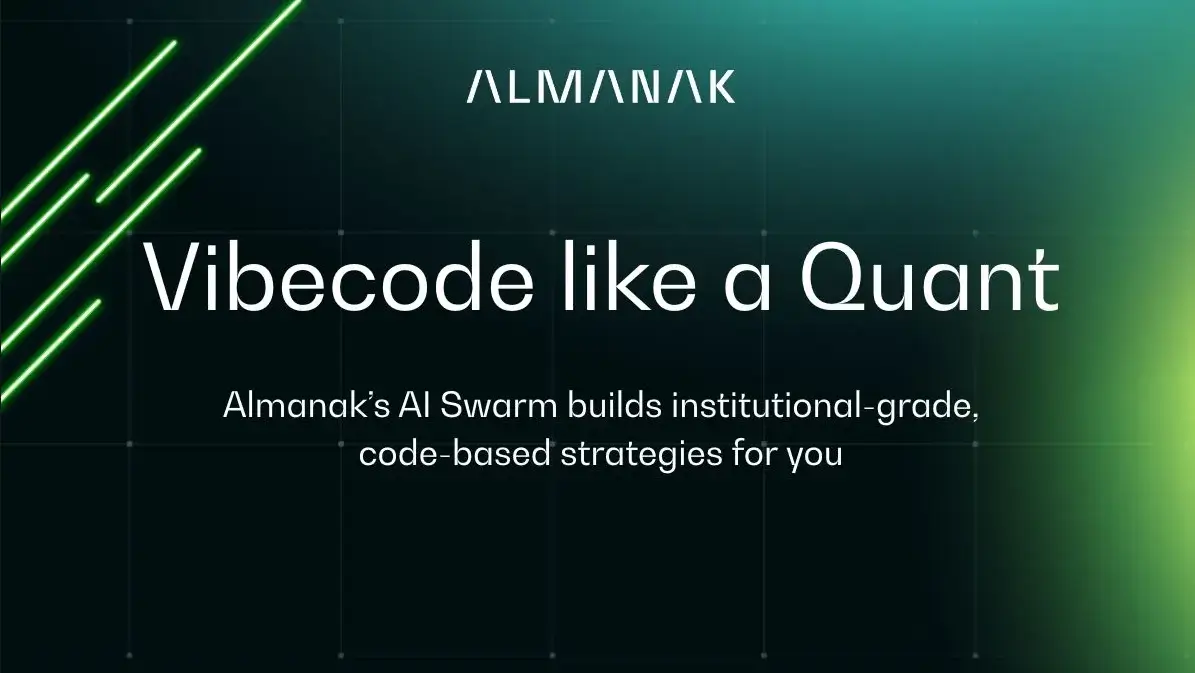
Almanak is a protocol that leverages the power of AI to create DeFi-focused financial agents that simplify the process of creating and deploying automated financial strategies.
It’s the only company that sits at the intersection of vibecoding + DeFi + AI.
Financial agents, such as those offered by Alamanak, combine the basics of financial automation and algorithmic trading with quantitative reasoning and market discovery capabilities of AI.
The gist of the idea comes from a basic fact. The human brain can only do so much. This leaves us with two options:
- Hire a team
- Leverage technology
For poor plebs like myself who are stuck in mom’s basement, option two is the only feasible option.
It is apparent that AI is a transformative technology, but in the context of financial agents, there are two special capabilities that can help us.
- Coding: LLMs are surprisingly proficient with coding and are only going to get better. But the speed is unparalleled. The amount of code it takes a human to write in a day is done in one second by an LLM.
- Reasoning: AI products can process trillions of bytes of data per second. Humans can’t even do a hundredth of that. So, AI is vastly superior when it comes to processing, analyzing, and reasoning data.
It’s based on this premise that Almanak has built state-of-the-art financial agents.
Whether you’re a smooth-brained average Joe that roundtrips everything like me or are a professional, profitable trader, Almanak helps everyone. It essentially puts an entire quant trading desk at your disposal.
Almanak features two key components:
- Alamanak AI swarm
- Strategy deployment infrastructure
The Almanak AI swarm
First off, what is an AI swarm?
You can think of it as a football team. The entire team has one common objective: to put the ball in the back of the net. However, to achieve this objective, the entire team has to play their individual roles while communicating with each other to score that goal.
Similarly, in the context of Almanak, the AI swarm is a collection of 18 agents, each with a speciality, working together to fulfil a user's requests.
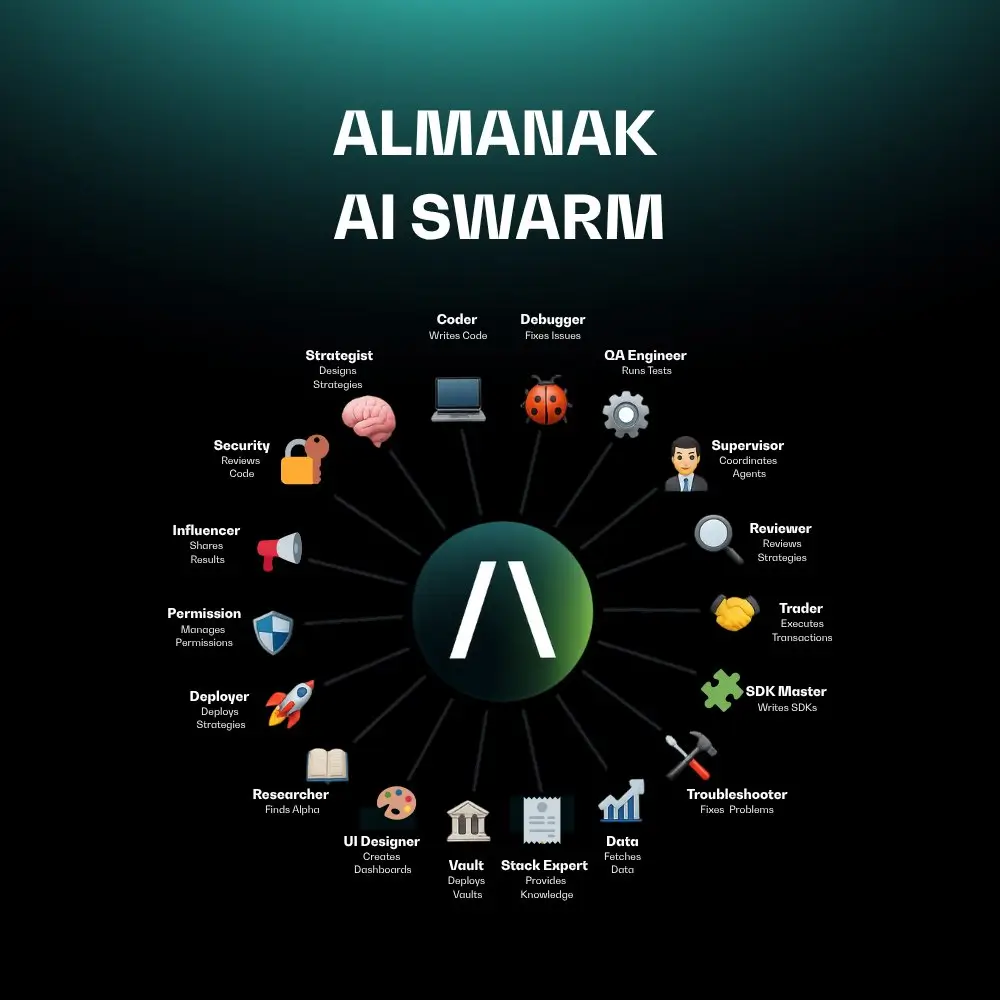
There will be a coding agent, a research agent, a strategy agent, a trading agent, a security agent, and so on. All of these different agents autonomously work together to create automated financial strategies that users can verify and execute.
As I said, you have an entire quant desk at your fingertips.
The Almanak AI swarm is divided into three distinct teams:
1. The strategy team
As the name suggests, this team is responsible for creating a strategy based on the criteria set by the user.
Say a user is holding a lot of ETH and wants a sustainable source of yield that will increase their ETH stack over the next 6-8 months. The strategy team gets to work once the user defines the strategy parameters.
The strategist agent designs the logic of the strategy → the coder agent converts the logic into smart contract code → the reviewer agent audits the code → the debugger agent fixes the errors → the QA engineer agent runs a simulation of the strategy → the UI designer builds dashboards to track the strategy → the deployer launches it on mainnet.
A perfect example of how an AI swarm autonomously works together to execute strategies for you within seconds.
2. The alphaseeking team
The alphaseeking team performs what is quickly becoming one of the hardest jobs in crypto.
It continuously scans the entire blockchain landscape for inefficiencies, yield opportunities, unique trades, and, in general, any alpha that is a good money-making opportunity.
The research agent monitors the market 24/7, something mere mortals like you and me can’t physically do without Adderall and white monsters. Once the alpha opportunity is identified, it is handed over to the strategy team to create an investable strategy.
So if you don’t have a strategy of your own, your personal AI quant desk will find one for you.
3. The optimization team
As most of us know, no automated strategy is foolproof. It requires multiple iterations and optimizations to be perfect. That’s what the optimization team is there for.
The optimization agents continuously evaluate the strategies made by the strategy team by running rigorous tests and simulations. The simulations are run over historical and future market data.
They analyze performance, re-run the simulation, and continuously backtest strategies across different market cycles to ensure that the strategy is completely optimized.
As a last step, they will suggest changes that can be implemented to optimize the strategy’s performance. Then, the user can decide whether to implement the improvements before executing.
4. Supporting agents
There is a smaller bonus team in place to improve the user experience.
There’s a chatbot agent who allows users to ask any questions they may have about the Almanak platform, the infrastructure, and the strategies in place.
There’s also a troubleshooting AI that gives users real-time status updates on their strategies and provides guidance on what to do in case of issues or errors.
It’s important to note that all actions performed by any of the Almanak AI agents will be logged, so it’s verifiable to all users. Users will also always retain complete control of assets and final output; the agents merely operate with delegated permissions.
So that covers the first part of Almanak, the second element is the infrastructure.
Strategy deployment infrastructure
Once the strategies are formulated and tested, appropriate surrounding infrastructure must be in place to ensure that they can be deployed securely, non-custodially, and efficiently. The deployment infrastructure is designed specifically for that.
The strategy deployment infrastructure serves as the bridge between AI-driven strategy creation and actual onchain deployment.
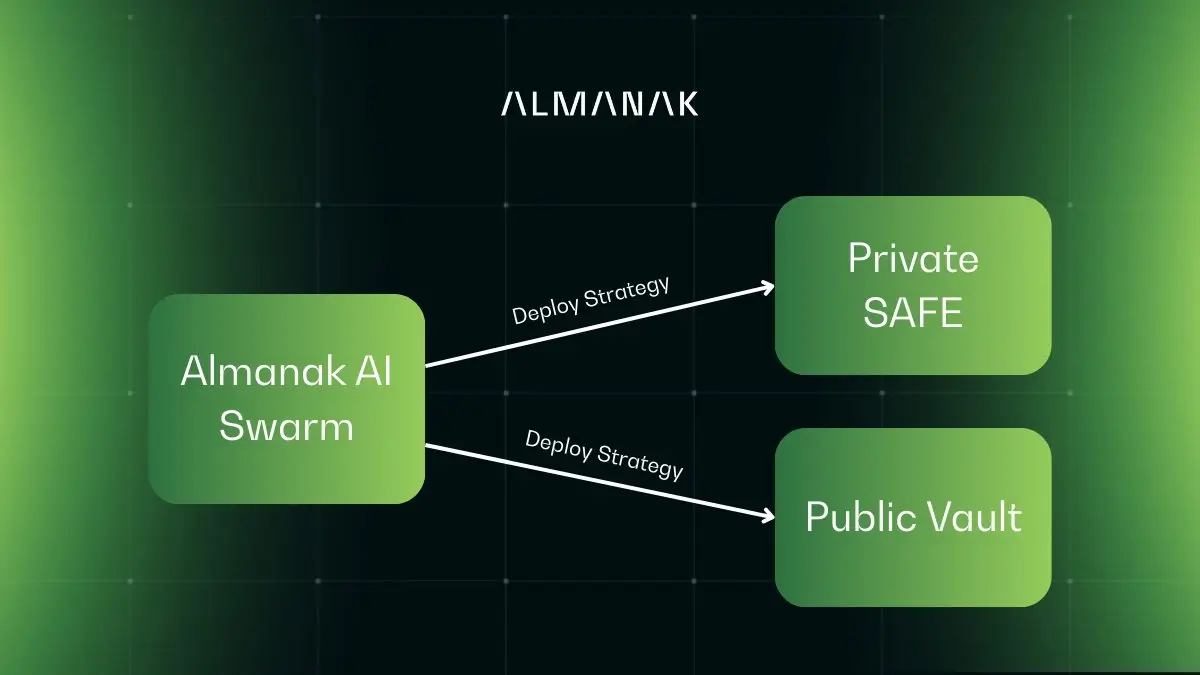
In terms of functionality, the strategies are deployed through two distinct formats:
- Almanak wallets: A fully on-chain, private, SAFE-based multisig smart account into which users can connect their strategies and deploy them.
- Public vaults: Strategies can also be deployed as public vaults that allow external depositors, with creators being able to implement performance or management fees. Another option is whitelisted public vaults for deploying funds within a closed group.
So, beyond helping individual users supercharge their DeFi experience, Almanak introduces another financial primitive, tokenized AI strategies.
By enabling public vaults with elements like management or performance fees, anybody can create an onchain investment vehicle. Asset managers, professional traders, or experienced DeFi degens can essentially become a one-man fund powered by Almanak’s AI quant desk.
There are a couple of key features to Alamanak’s vault infrastructure that make it state-of-the-art:
- Cross-chain composability: Alamank’s infrastructure is natively designed to be deployed across almost any blockchain and application. So when it comes to covering all bases, Almanak simplifies that process for you.
- ERC-7540 standard: The ERC-7540 standard allows vaults to become liquid tradable assets, hence tokenized AI strategies. This makes Alamanak vaults composable with the so-called ‘DeFi Legos’. Thus, the vaults are more dynamic, unlocking liquidity and interoperability for complex strategies.
- Non-custodial design: Using smart accounts allows users to audit permissions; therefore, the entire system is non-custodial. Users will always remain in control of their assets and only delegate permissions to Alamanak’s agents.
- No-code environment: Arguably, the most important feature from a user experience perspective, anybody can use Almanak. You don’t need to be a proficient coder to use the platform. The AI handles all the coding while you enjoy all the benefits.
- Privacy: Almanak uses Trusted Execution Environments (TEEs) to ensure that the contents of a strategy cannot be accessed by any other platform/user. This guarantees that all strategies and alpha always remain private and secure.
If you would like to see this entire system in action, there’s a really nice demo video that you can find here.
Security
A platform like Almanak is very scalable. However, while dealing with tech like AI, there are always going to be some problem areas, specifically when dealing with bigger participants like institutional investors.
Issues like LLM-hallucinations, prompt misinterpretations, private key concerns, and the unknowns of trusting an AI with your funds may dissuade many participants, just because the risks are relatively unknown.
To solve this, Almanak employs a hybrid approach: a human-AI model specifically for security. AI handles the strategy creation and execution, while humans can act as a point of verification.
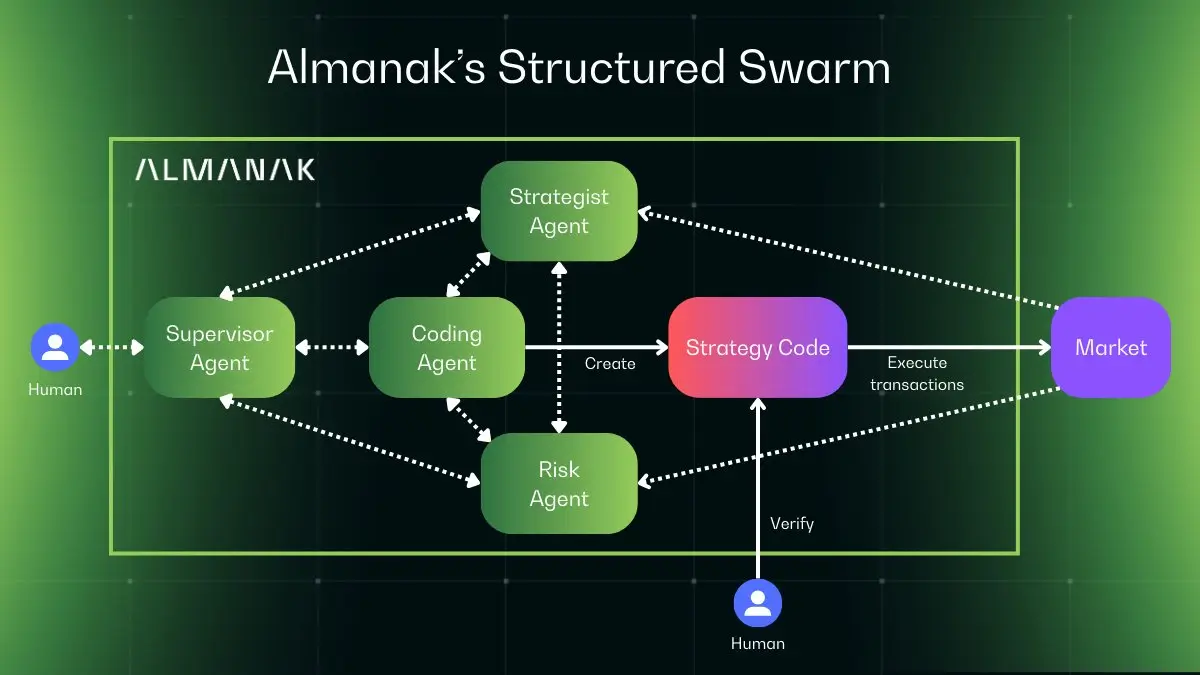
Humans will always have control over what permissions they delegate, but at the same time, they can also constantly monitor and verify what the agents are doing, as all actions will be logged. If any issues are identified, humans can intervene very quickly to fix them.
This should put the minds of most users at ease, as they will always have ultimate control.
Almanak’s total addressable market (TAM)
Although currently in its infancy, Alamnak has the potential to penetrate any financial market.
So if you look at it that way, there are four main markets in which Almanak can really shine:
- Crypto trading (DEX + CEX)
- DeFi strategies
- Tokenized real-world assets (RWAs)
- Traditional markets
If you add up the numbers, in terms of volume and capital management, Almanak's TAM hovers in the $90 trillion to $100 trillion bracket. Now, before you call me crazy, let me break down the numbers.
According to Coingecko, $18.83 trillion in volume was traded across all major CEXes in 2024 alone. Combined perp DEX volume for crypto in 2025 is around $1 trillion, while spot DEXes average around $450 million to $500 million in monthly volume.
Then you come to DeFi strategies. This includes DeFi protocols like money market or yield-generating protocols: basically, all non-DEX DeFi.
DeFi TVL peaked at $150 billion, with the combined stablecoin market cap at around $277 billion. This represents a sizeable chunk of capital to work with in the DeFi realm.
If we move on to tokenized RWAs, estimates from McKinsey and BCG suggest that they will grow massively over the coming years, with a possible market size of between $2 trillion and $16 trillion by 2030. This will be led by institutional involvement in areas like private credit and tokenized treasuries.
The current size of the tokenized RWA market is $25 billion. So lots of space to grow.
Although far away, the Almanak team has plans to enter the traditional market. When this possibility is considered, Almanak’s TAM indeed skyrockets.
Estimates around this are tough to get, but roughly 80%-90% of the Forex market's $7.5 trillion daily volume is driven by algorithms. In the US equity market, 37% of the volume was done by algorithms in 2023, and that number has certainly increased significantly of late.
It’s the same story for the derivative market. Roughly 60-70% of the derivatives market volume is done through algorithms, but this number could be much higher.
So yeah, there’s a massive addressable market for Almanak to tackle.
Tokenomics
The Almanak token will be central to the Almanak protocol.
It will be a governance token that can be used for:
- Governance: Token holders will be able to vote on protocol upgrades, specific parameters, and other strategic decisions.
- Incentives: Those who curate vaults and/or deposit capital into vaults will be rewarded with tokens, initially through a points system.
- Fee payments: Platform fees can be paid using the Almanak token.
- Staking: Token holders can stake tokens to direct emissions towards certain vaults.
This creates some interesting dynamics.
For starters, it creates a meritocracy. Strategy curators are incentivized to create the best possible strategy because it will give them more rewards through incentives.
On the other hand, users are also incentivised to deploy into these public vaults or even their own private strategies because they will be rewarded. Ultimately, people will earn tokens while earning from their strategies.
The staking element brings in a Curve war-like dynamic.
Protocols will be incentivized to own this token so they can stake and direct emissions towards vault strategies that route volume through their individual protocols.
You can think of this as bribing for agentic flows.
Put all of this together, and it spells good news for the protocol.
Points season 1
The points program began on July 14 and will end on September 21.
The concept is simple. 1 point = 1 token.
You get rewarded points for the following actions:
- Deposit capital into vaults
- Utilize your referral code. The more referrals, the better
- Deploy your own strategies and vaults
- Hold assets in your Almanak wallet
We are currently in stage 2 of season 1; 333,333 are distributed daily. So stop waiting around and start getting active.
Legion round
Another way to get yourself Almanak tokens is through Legion.
Almanak will be conducting a token sale through Legion, and here are all the details you need to know:
- Target - $2 million
- Hard cap - $2.5 million
- FDV - $90 million
- Start date - 21st August, 2025
- Start time - 1 pm UTC
You can first click here to get involved with the Almanak sale on Legion.
After logging in and connecting your wallets and socials to your Legion account, you will go through an application process. Once you have completed it, it will be reviewed quickly, and you will be notified if you’re eligible for the sale.
Once the sale begins, make sure you’re quick. I suspect there will be strong demand, given that Almanak recently crossed the $25 million TVL mark.
But this is not all, things get even more interesting with Almanak’s attention capital market campaign.
Attention Capital Markets (ACM)
Taking things a step further, there’s the ACM campaign done with Legion and Cookie.
The ACM initiative is a way to fix the flawed model of rewarding engagement on X with airdrops.
With ACM, the attention you generate on X is weighted with your capital investment in the protocol to reward the correct participants who are aligned with the protocol.
The Almanak ACM campaign has two main point categories:
- SNAPS
- cSNAPS
SNAPS are the points you will rack up for simply posting about Almanak on your socials. cSNAPS represents your boosted SNAPS reward through your capital commitment to the protocol.
Users can get multipliers by:
- Amount invested in Alamank’s prior round on Legion (10x multiplier)
- Staking COOKIE tokens to reach diamond status on the Cookie account affiliated with your X (5x multiplier)
- Contributing to Almanak's vault (Min $500 - 5x multiplier)
The idea here is that those who generate engagement for their X posts while actively using the protocol will be rewarded more handsomely.
There will be separate leaderboards for both SNAPS and cSNAPS.
During the sale, the top 50 cSNAPPERS and top 25 SNAPPERS will be rewarded with a 75mm FDV discount on Almanak tokens.
The other aspect is the airdrop. A portion of the supply has been kept aside for this ACM airdrop. 20% of the airdrop will go to the SNAPS leaderboard, and 80% will be given to the cSNAPS leaderboard.
The Almanak sale will take place on August 21st, 2025. The sale will open at 90mm FDV, but the top 50 cSNAPPERS and top 25 SNAPPERS will get preferential time for the 75mm FDV discount.
Note that all tokens in the sale are unlocked at TGE; there is no vesting.
Distributions & emissions
Total supply is currently 1,000,000,000, but this is subject to change. This is what the distribution looks like:
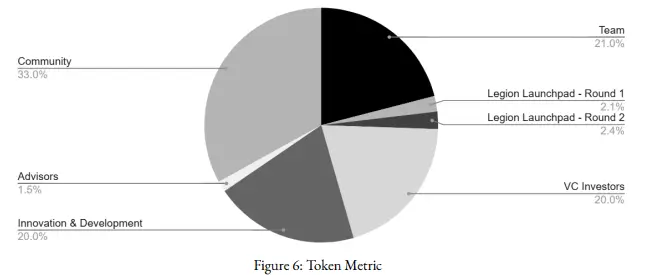
Note: the community in this case refers to the upcoming airdrop.
This is what the emissions look like:
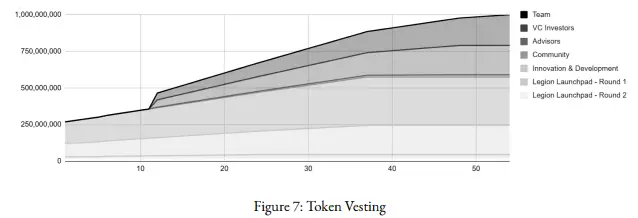
- Team - linear vesting over 54 months with a 12-month cliff
- VC investors - linear vesting over 48 months with a 12-month cliff
- Advisors - linear vesting over 48 months with a 12-month cliff
- Innovation and development - 35% at TGE, with the remaining vesting linearly over 36 months
- Community - 45% at TGE, the rest is vested linearly over 36 months
- Legion round 1 - 30% at TGE, the rest is vested linearly over 24 months with a 6-month cliff
- Legion round 2 - 100% at TGE
Concluding thoughts
A product like Almanak will be at the forefront of the crypto industry for the foreseeable future.
Why? Because it’s the best user-facing solution out there.
Crypto has always been the most accurate representation of a free market. Anyone can build what they want, and anybody can participate however they choose to. While this is good, it results in an unplanned mess.
Products like Almanak clean up the mess for the end user.
By leveraging AI, all the dirty work is done for the user. All they see is a pretty interface that is secure and transparent, executing all the actions for them. For anyone looking to interact with crypto, whether new or experienced, products like Alamanak are a no-brainer.
It abstracts away every technical complexity while still ensuring that users are in complete control.
This will ultimately put protocols like Almanak in the driver's seat over the coming years. They will act as the funnel between users and protocols, so ultimately, they will own the user order flow.
If you want to get involved with a potential cornerstone piece of the crypto ecosystem, there is no better time than now.
Thanks to the Almanak team for unlocking this article. All of our research and references are based on public information available in documents, etc., and are presented by blocmates for constructive discussion and analysis. To read more about our editorial policy and disclosures at blocmates, head here.




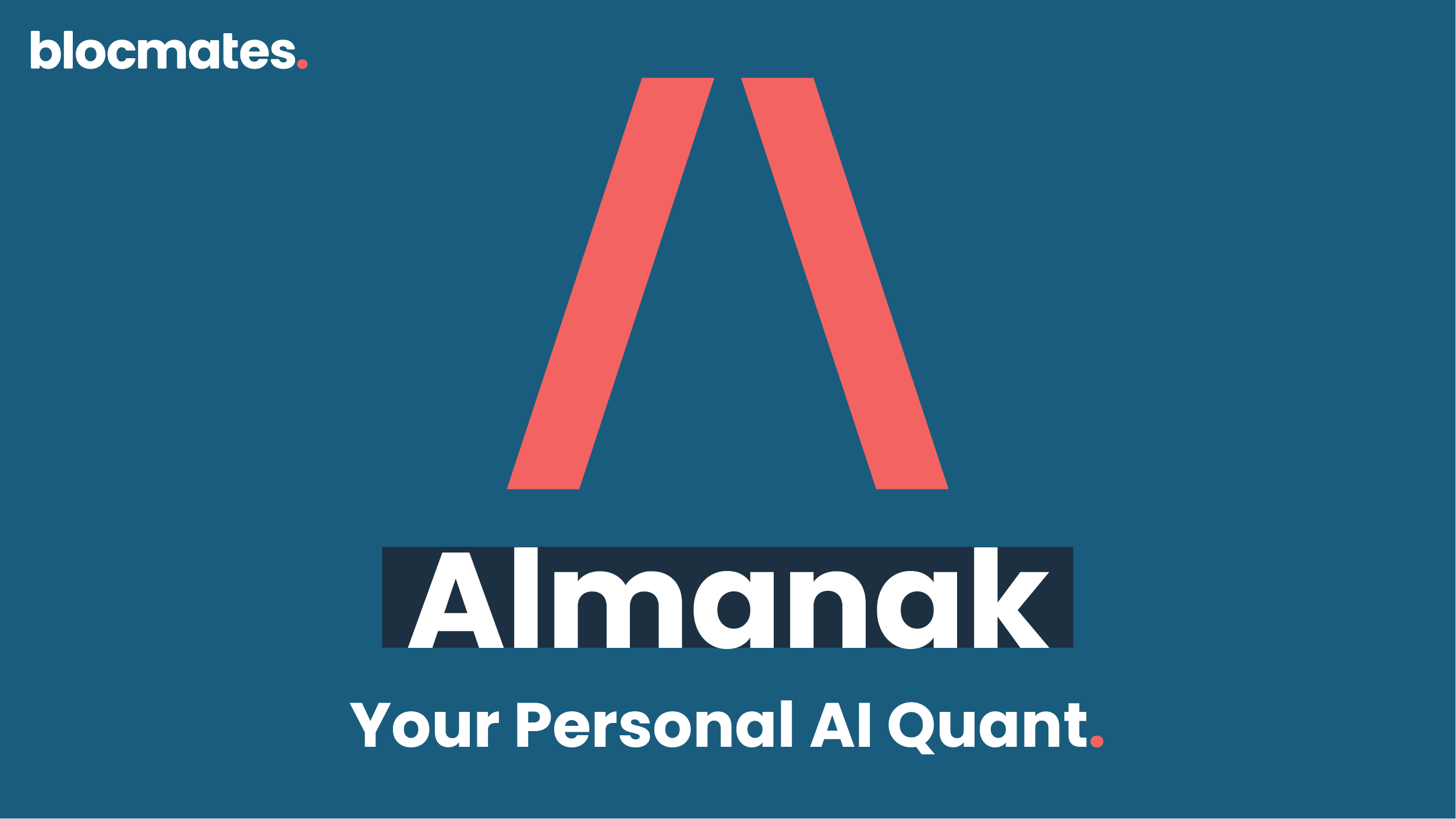

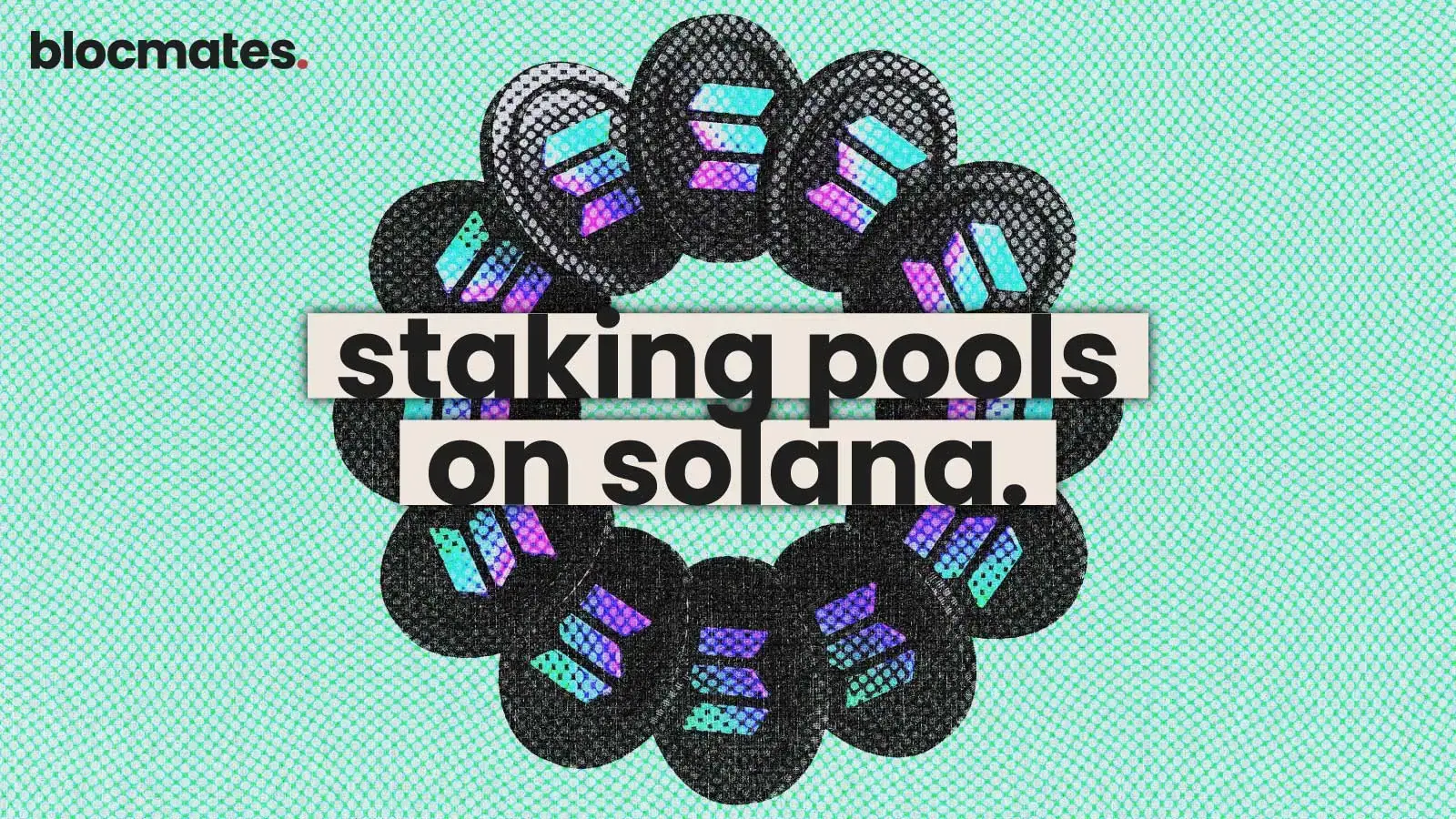




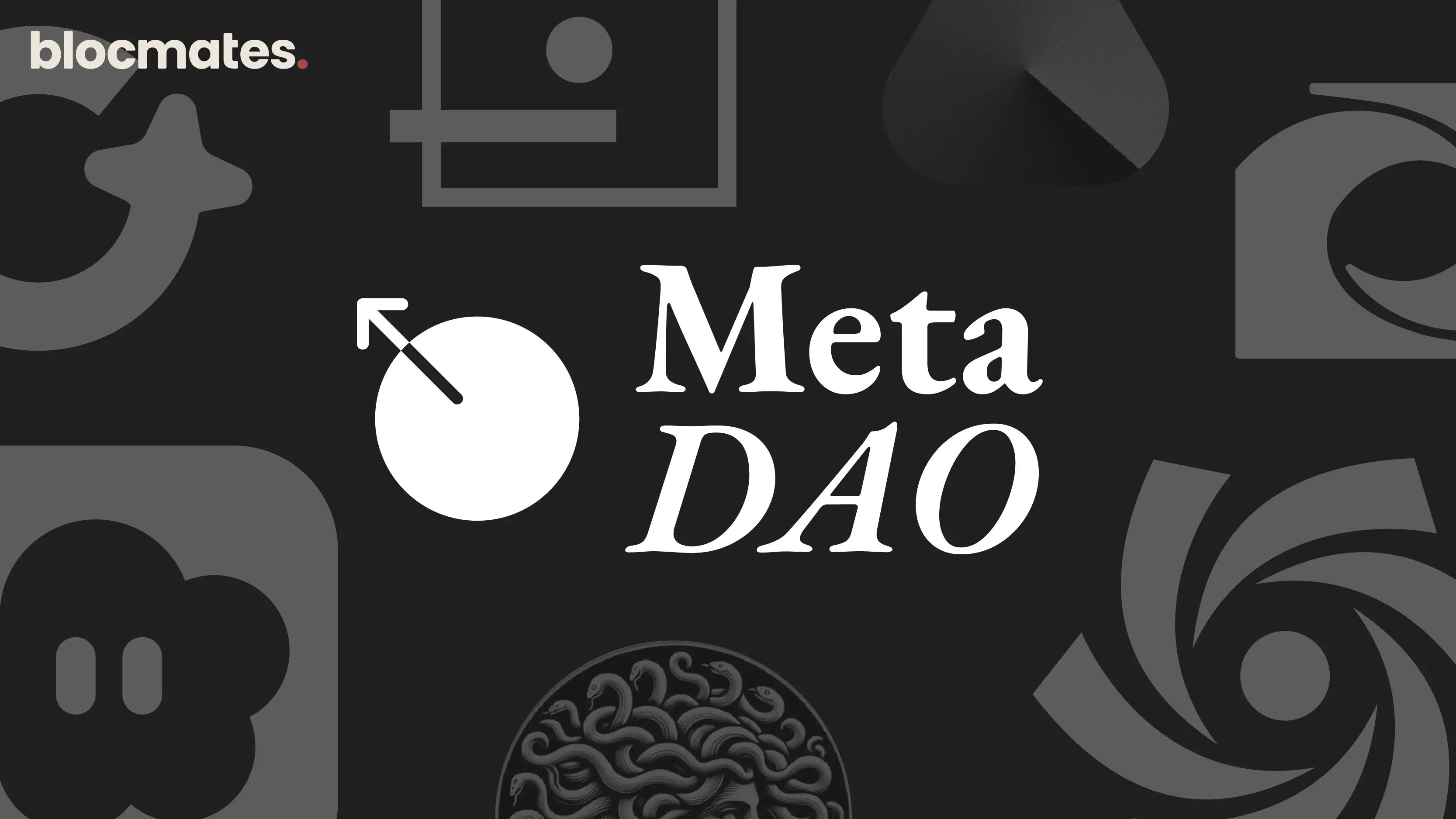
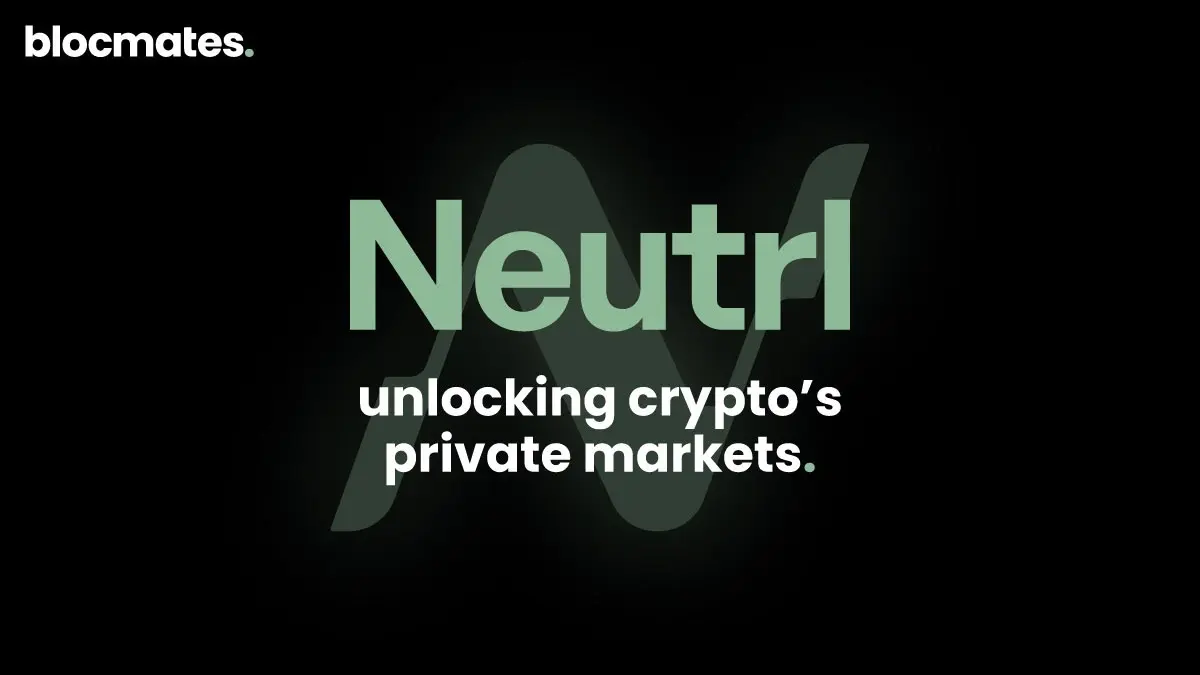


.webp)
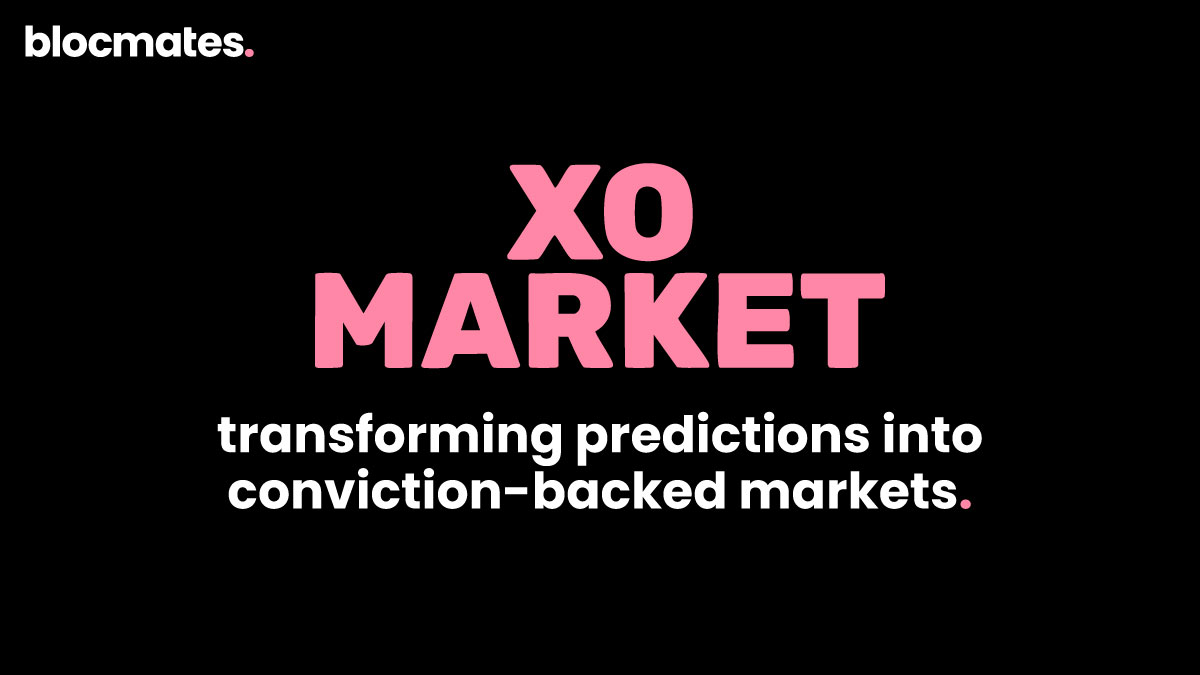
.webp)
.webp)
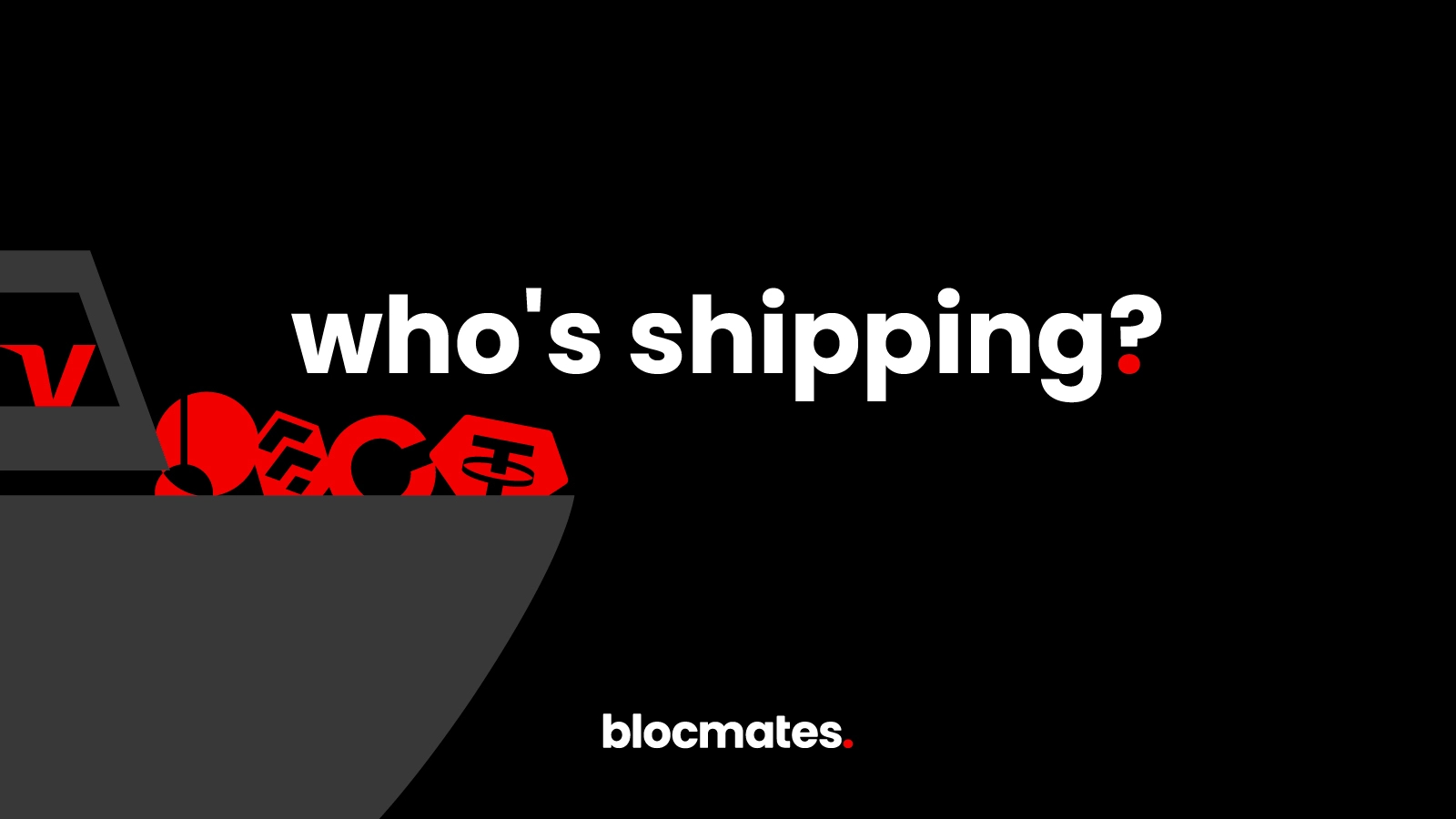
%20(1).webp)
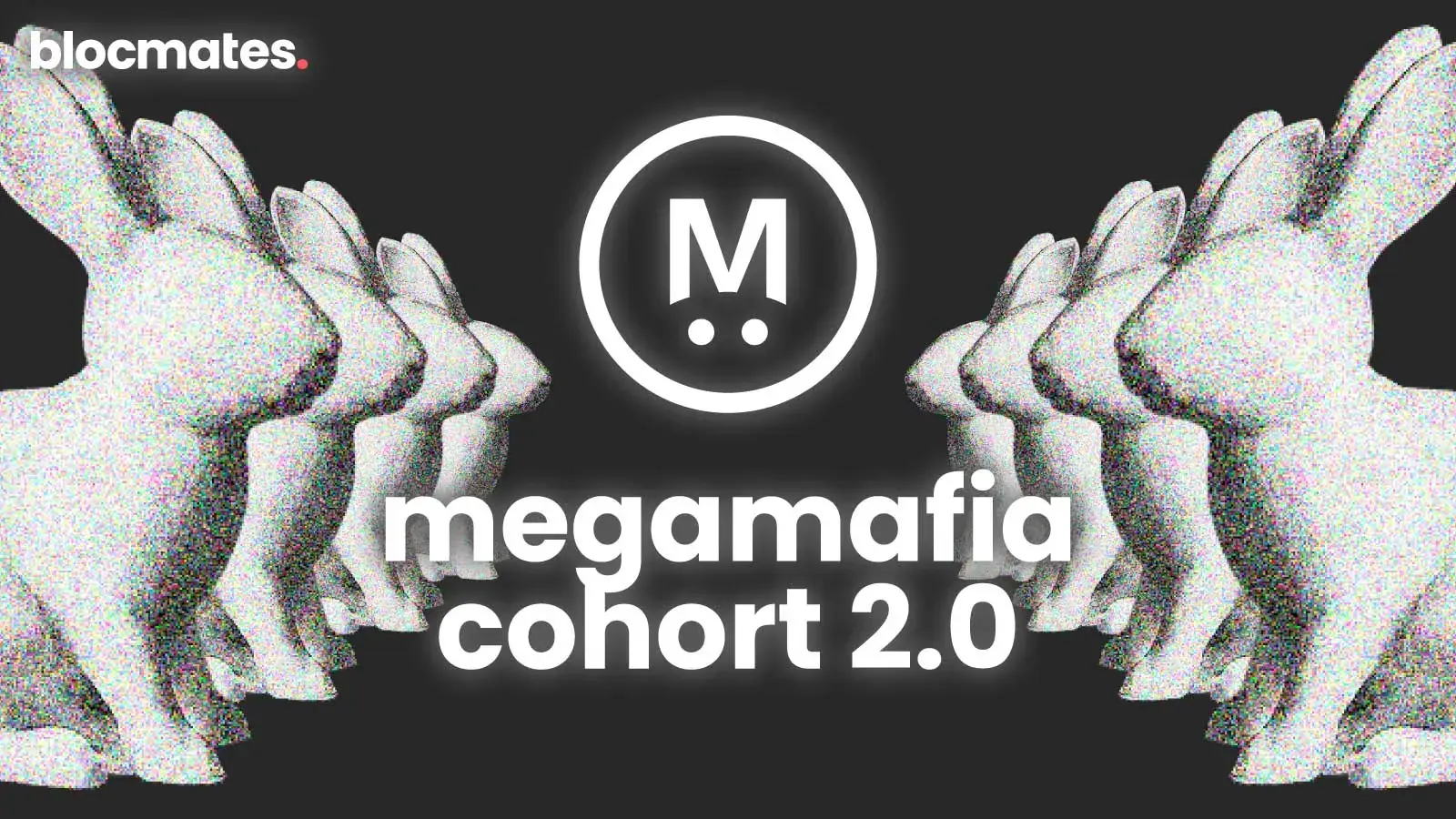
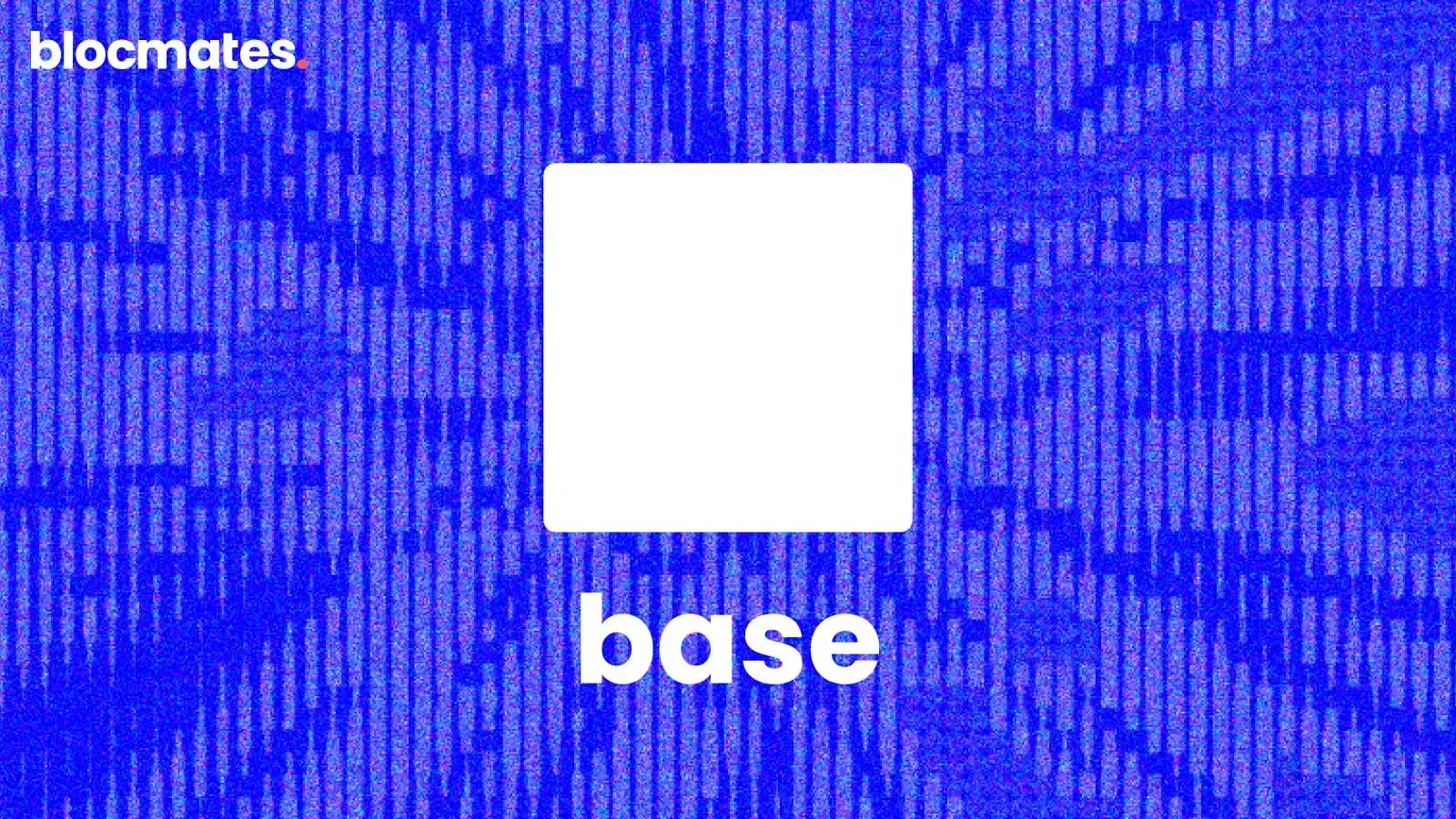
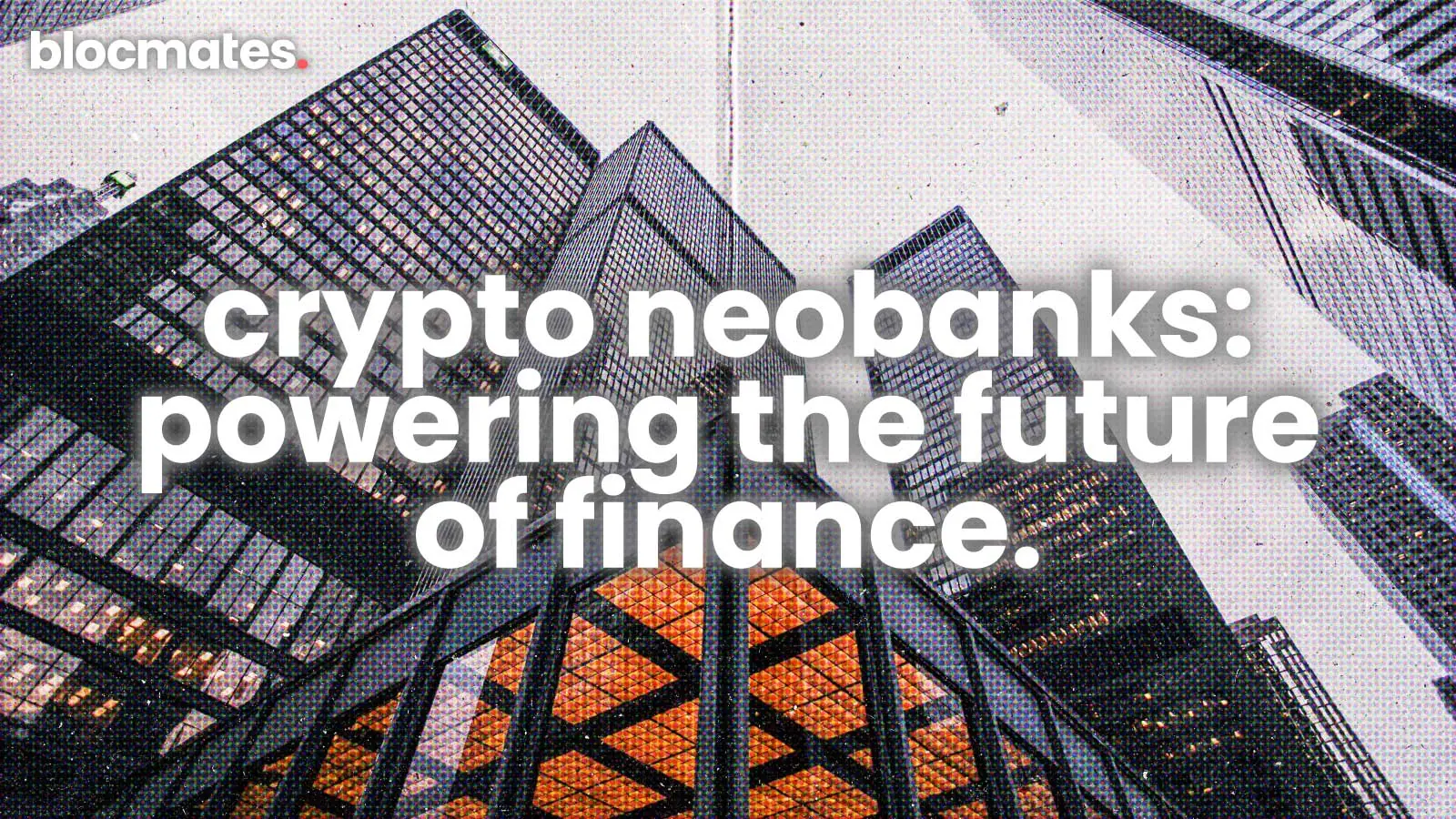


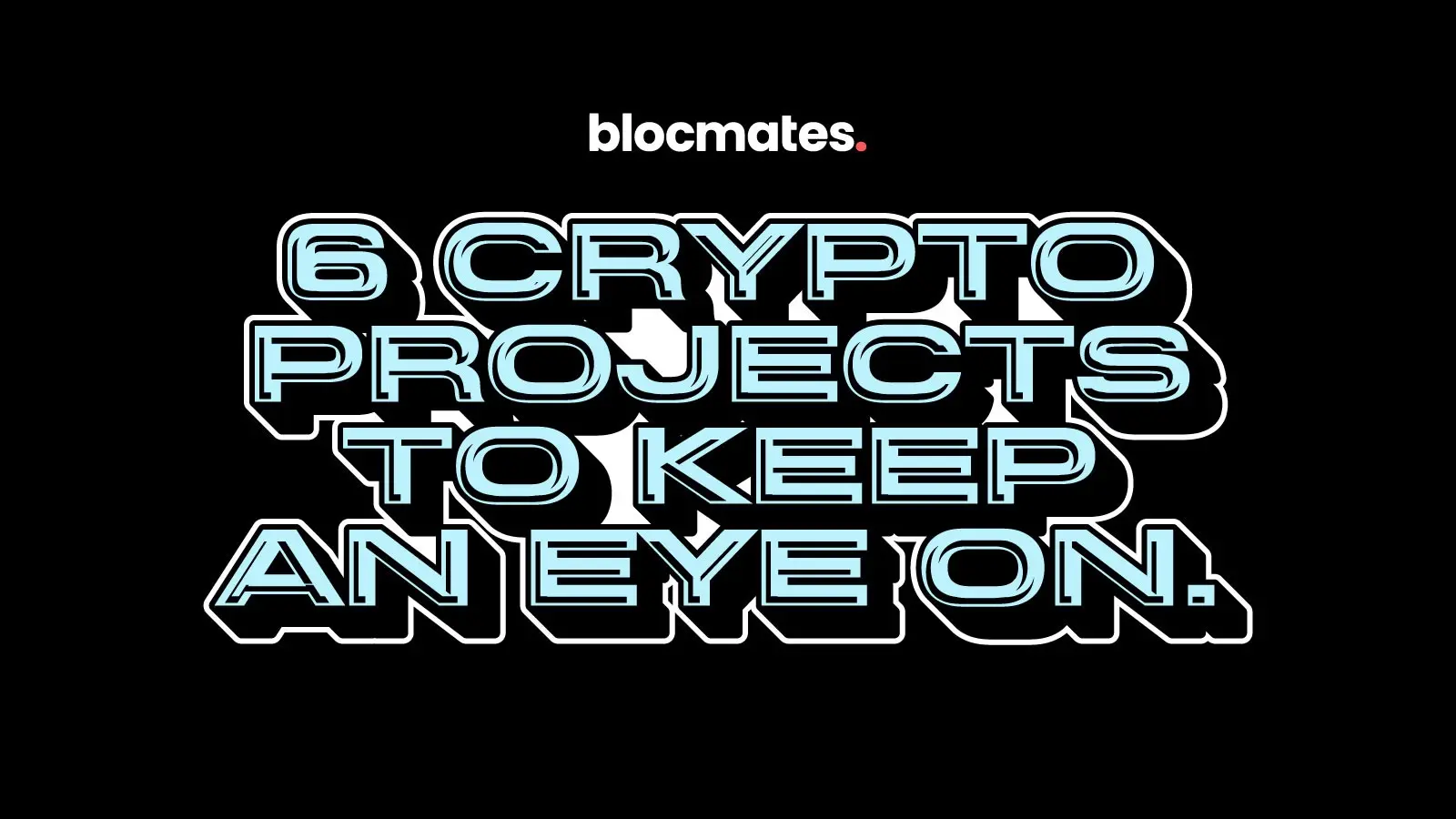
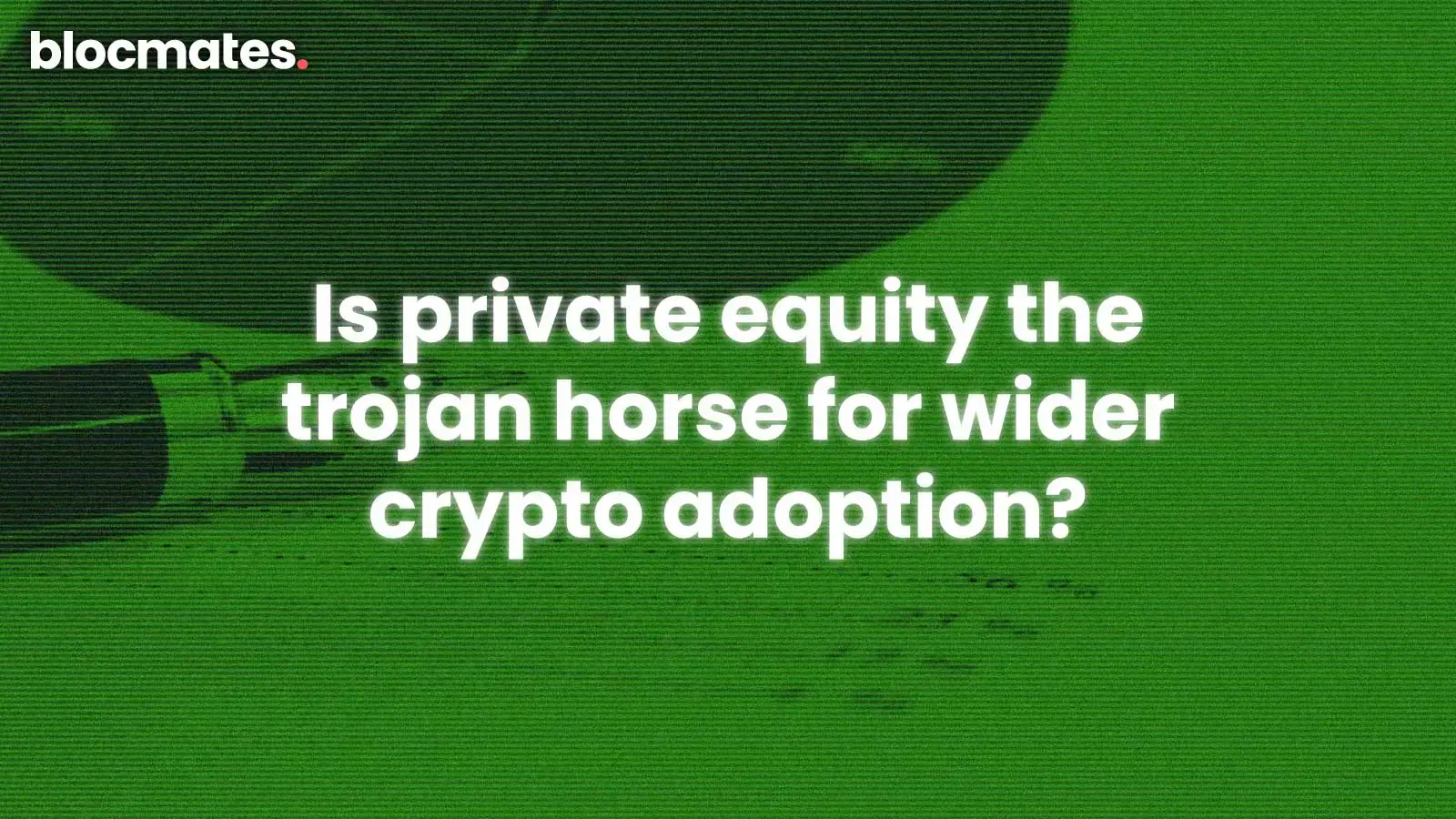
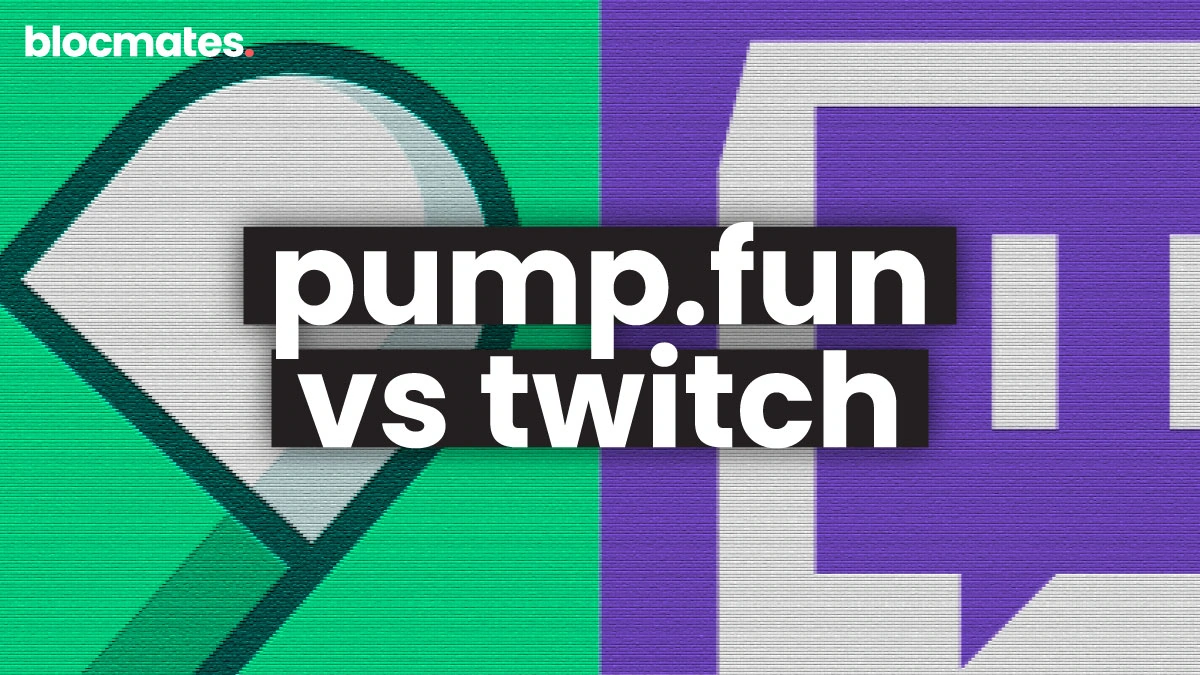


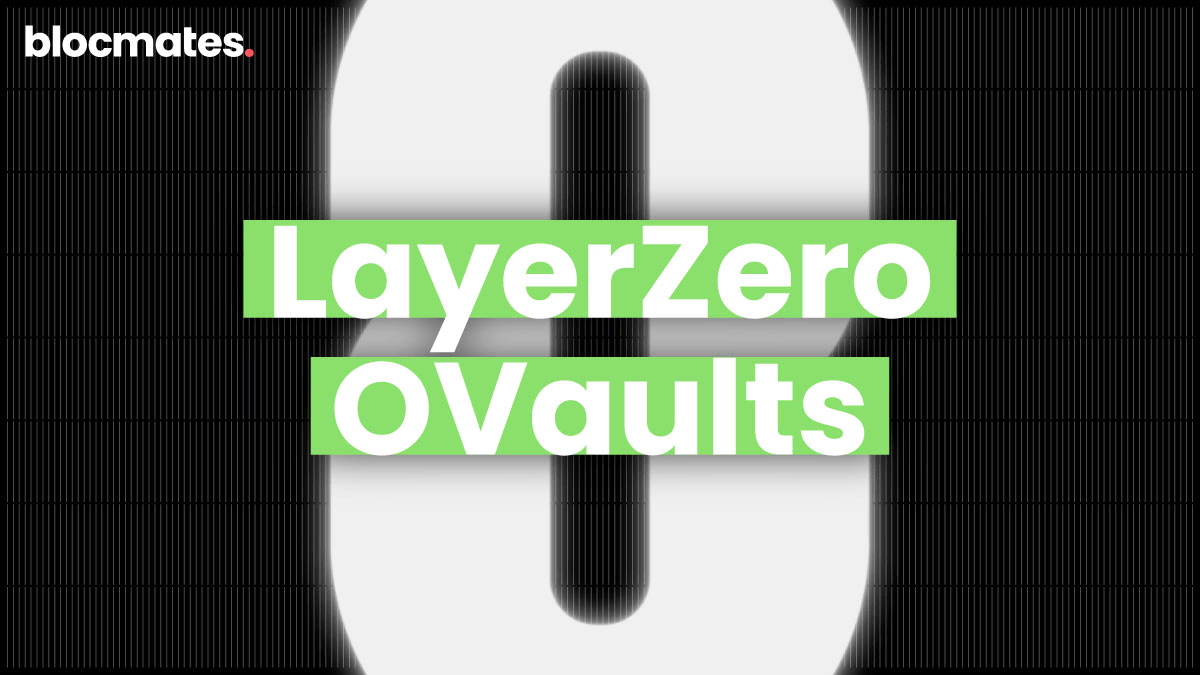

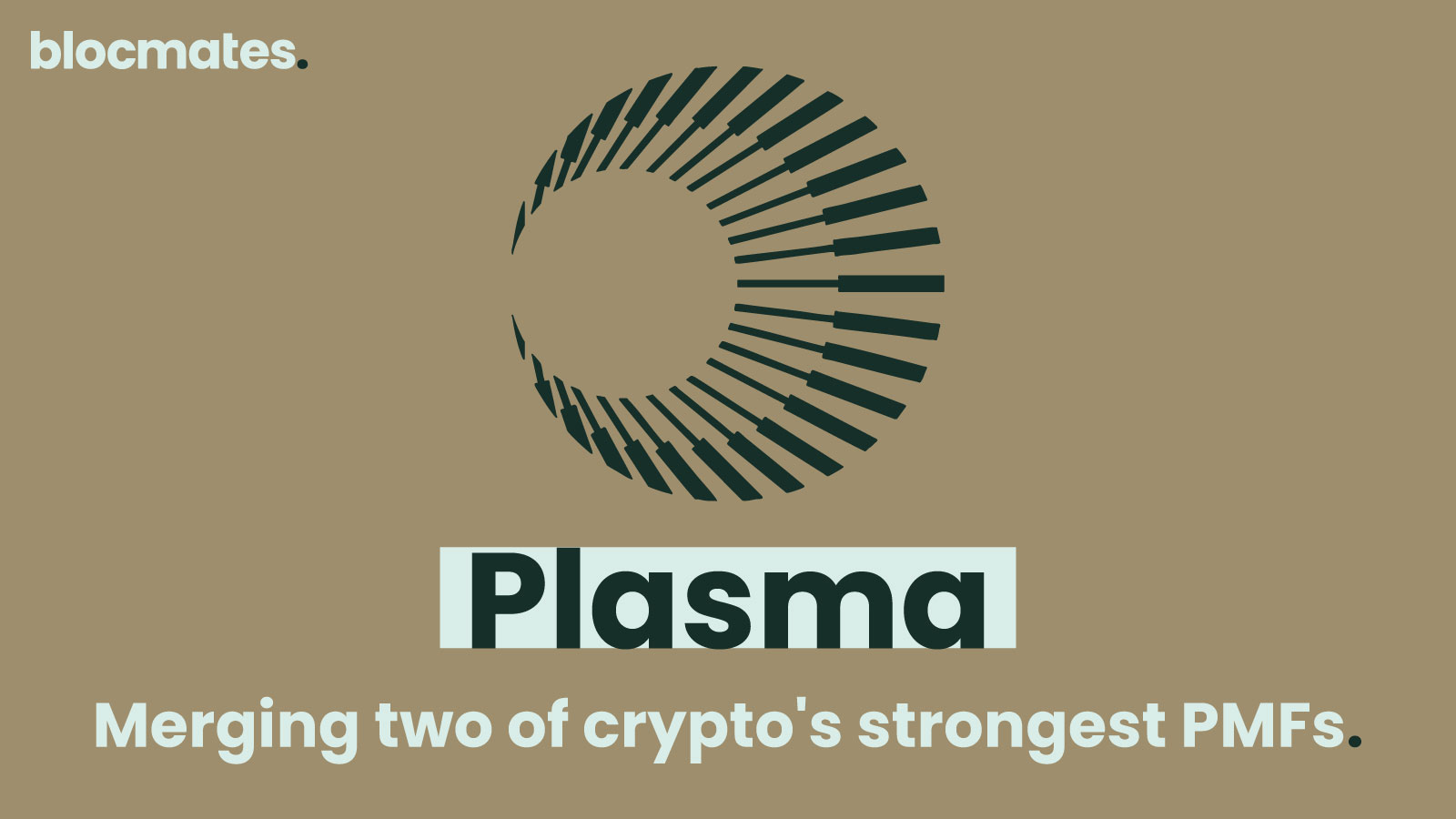

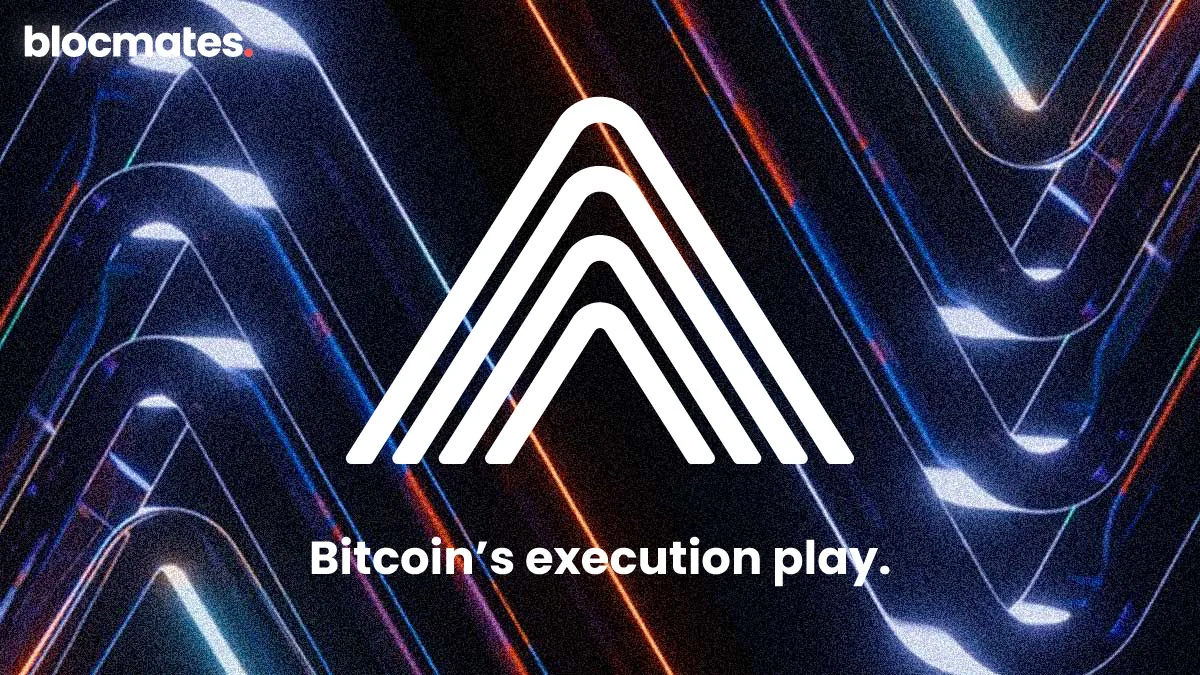
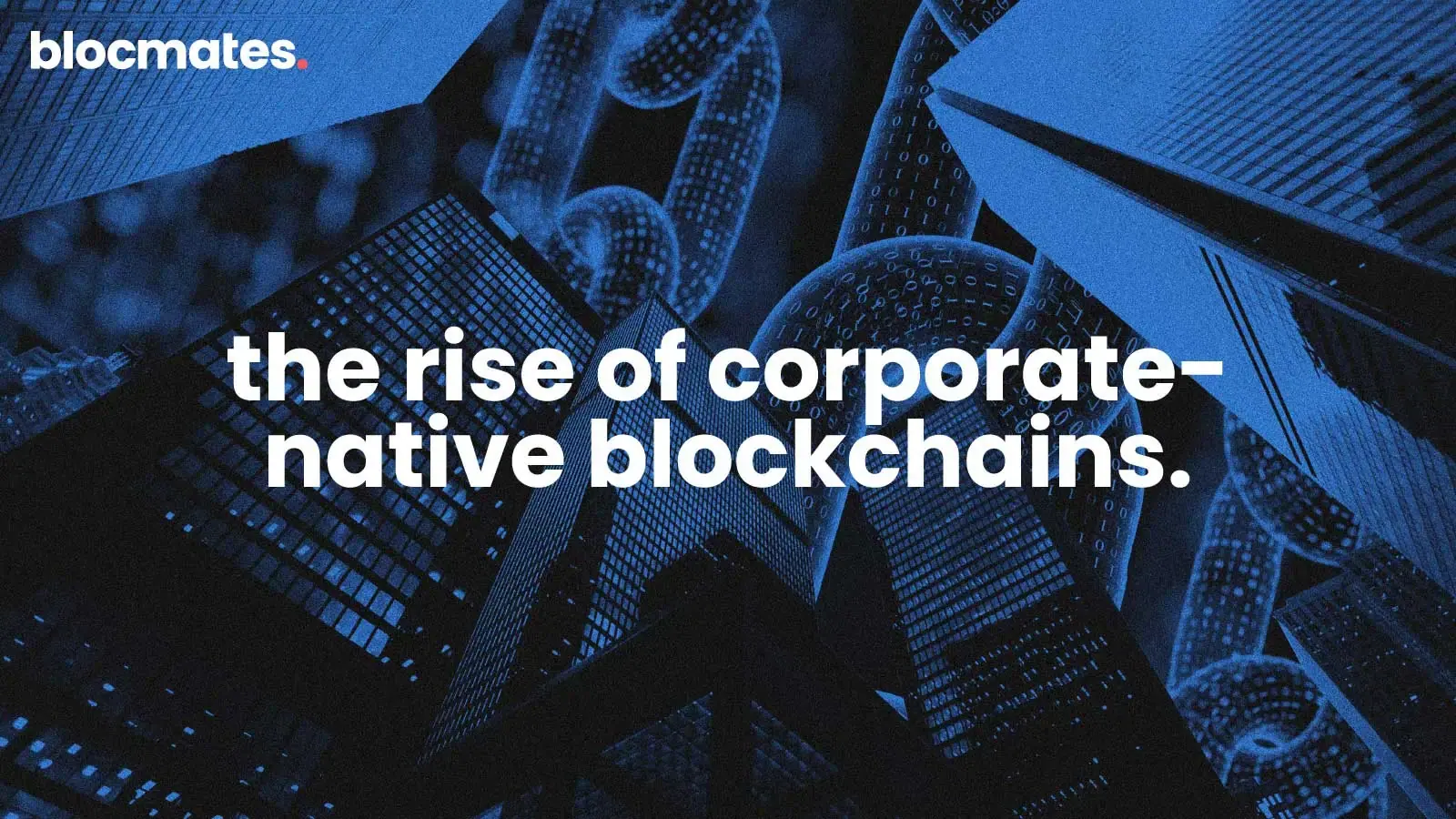
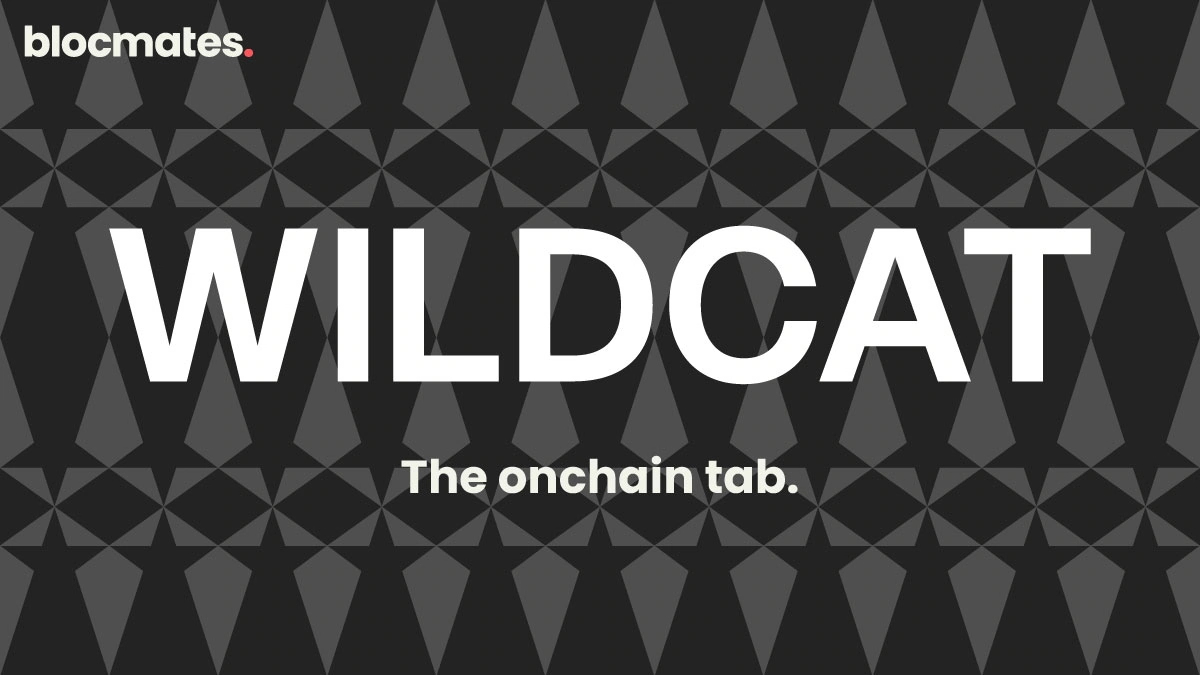
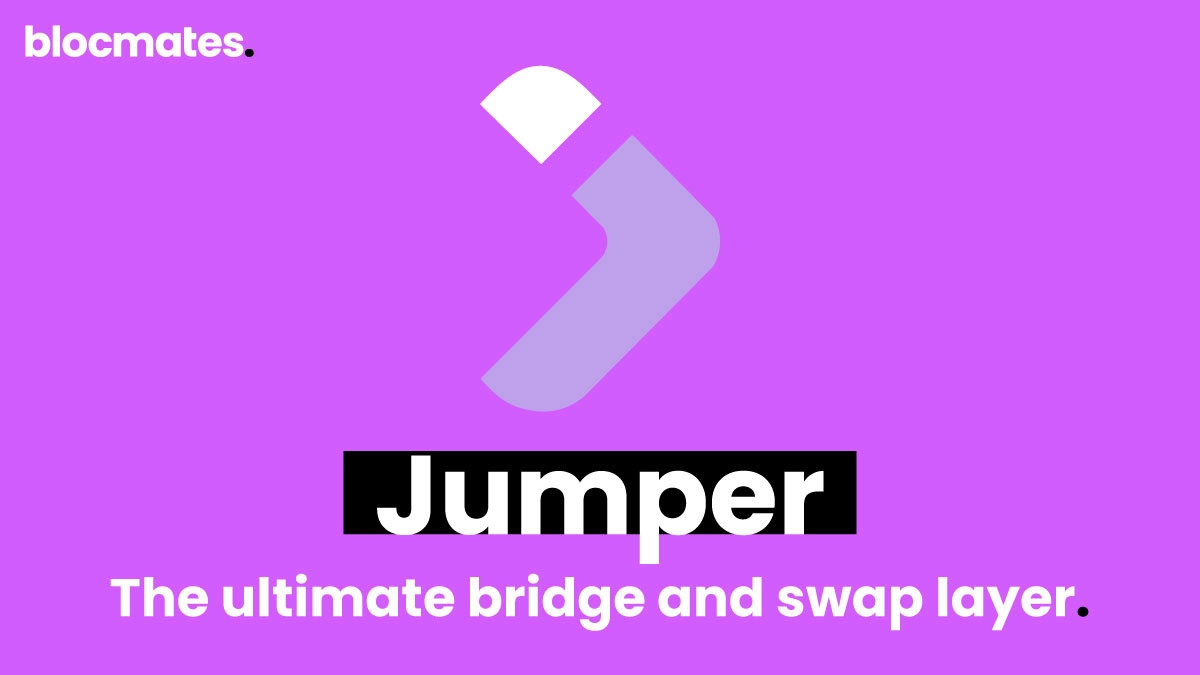
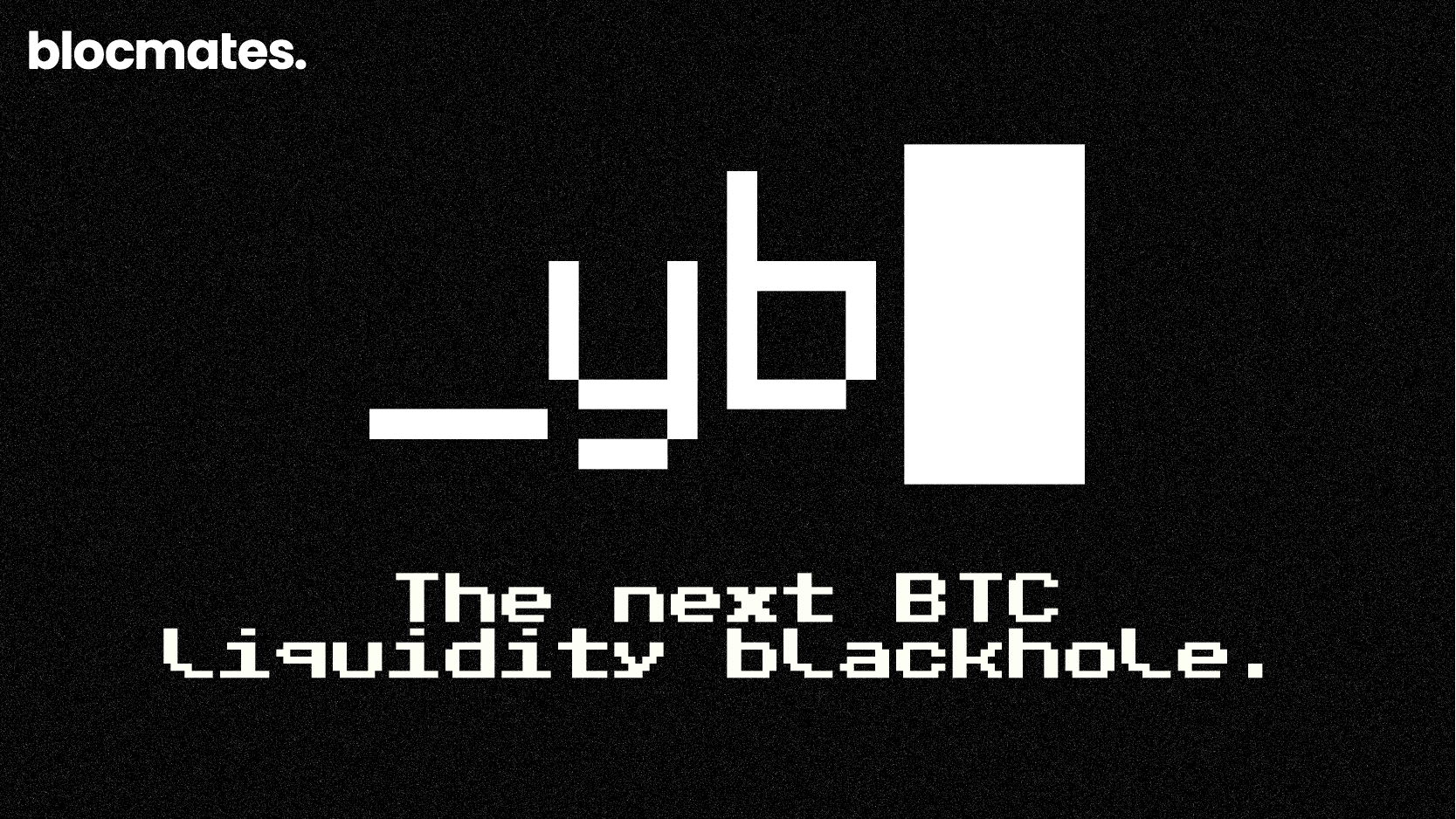
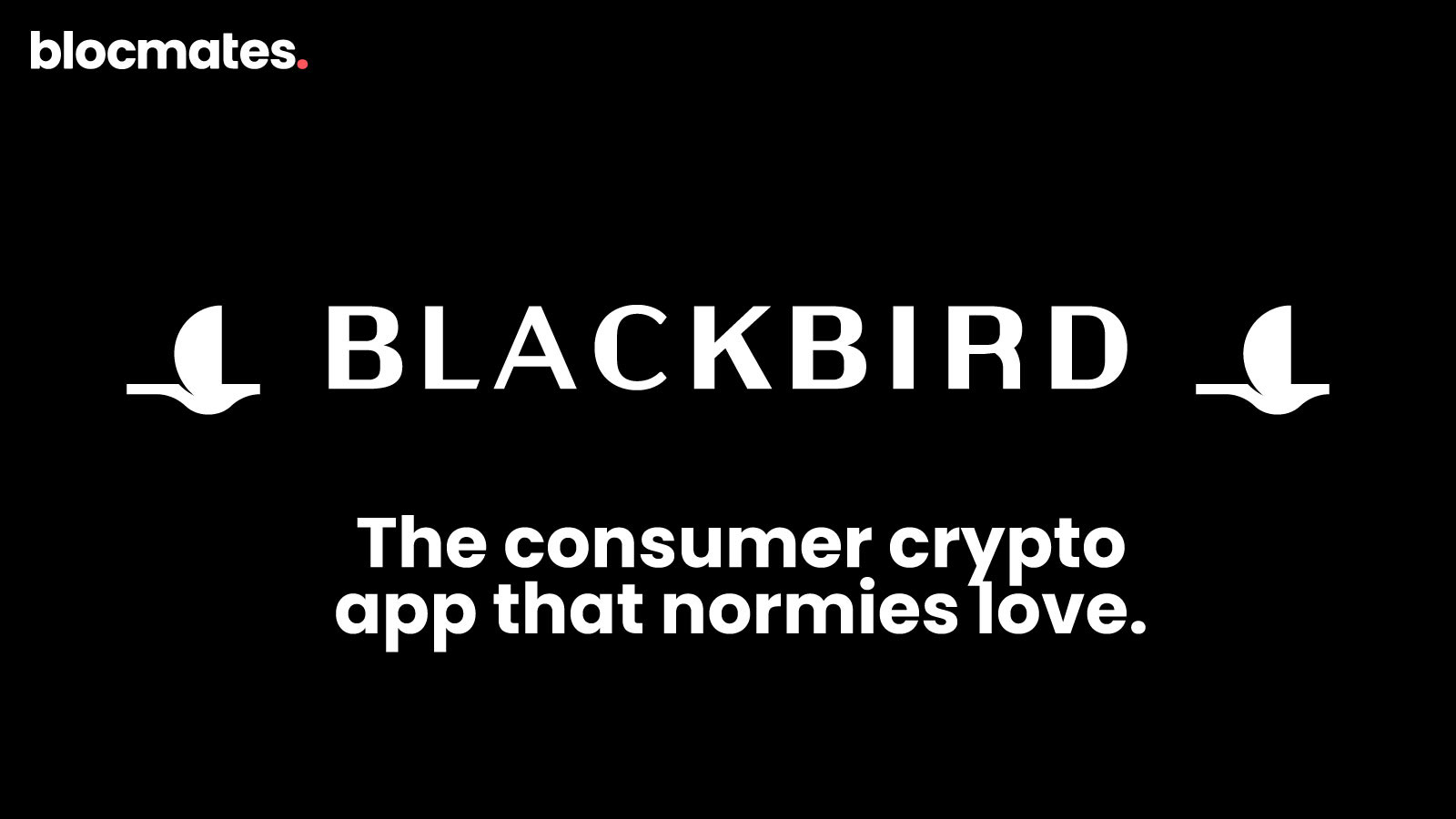
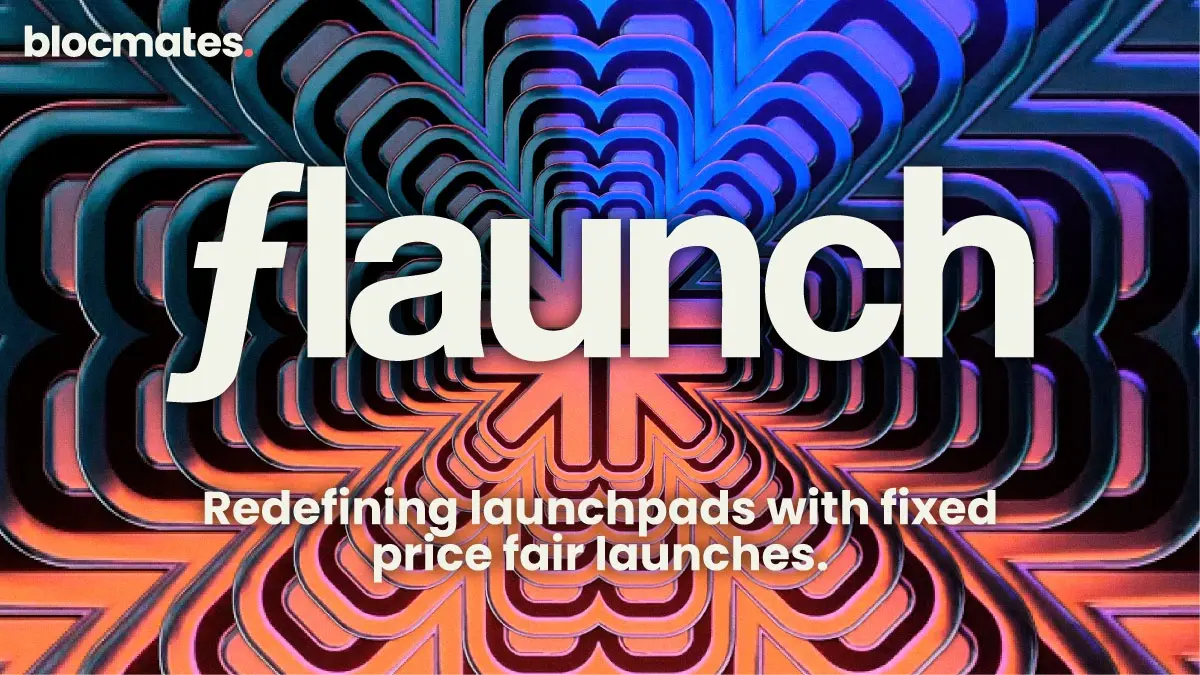

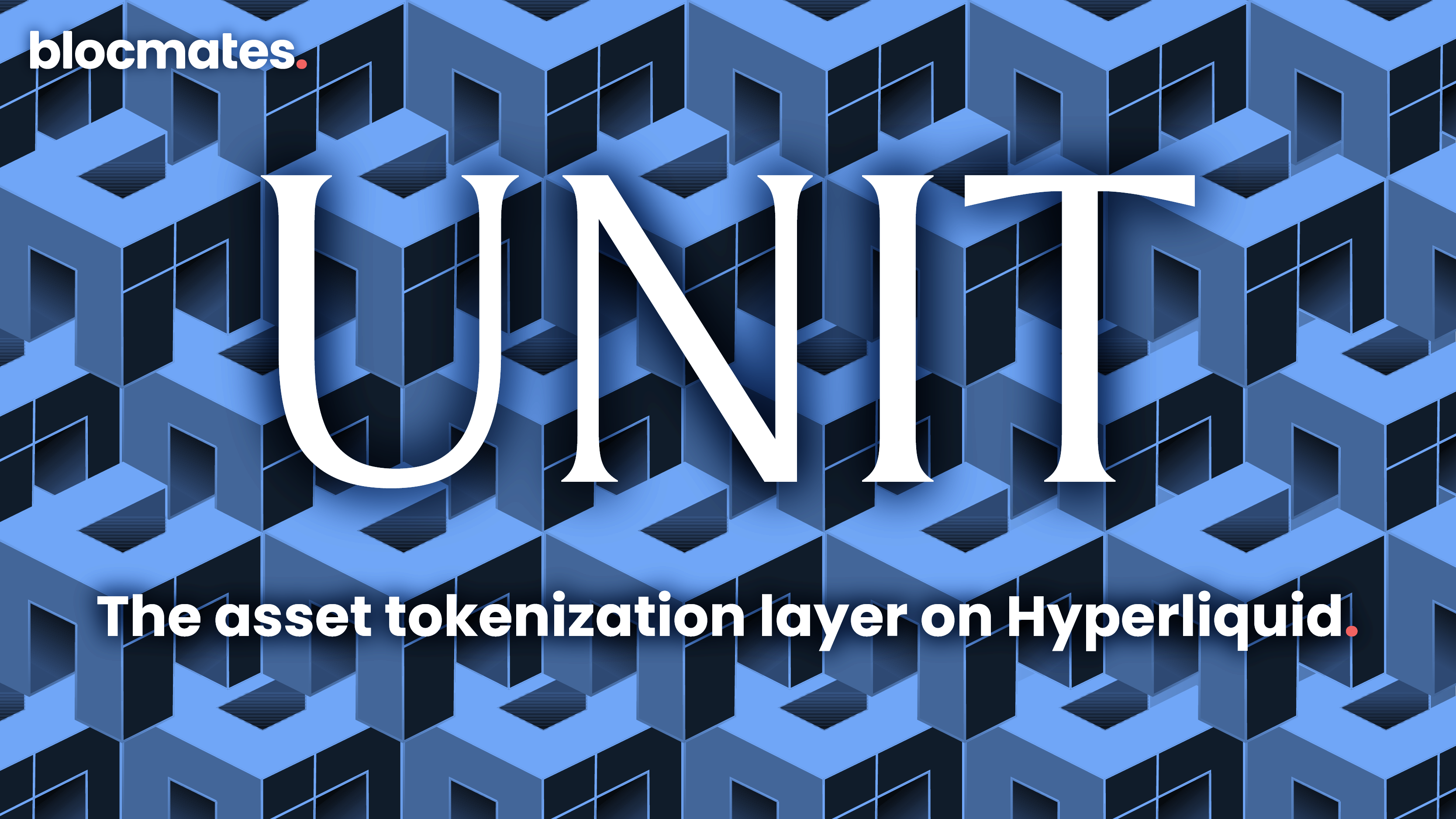
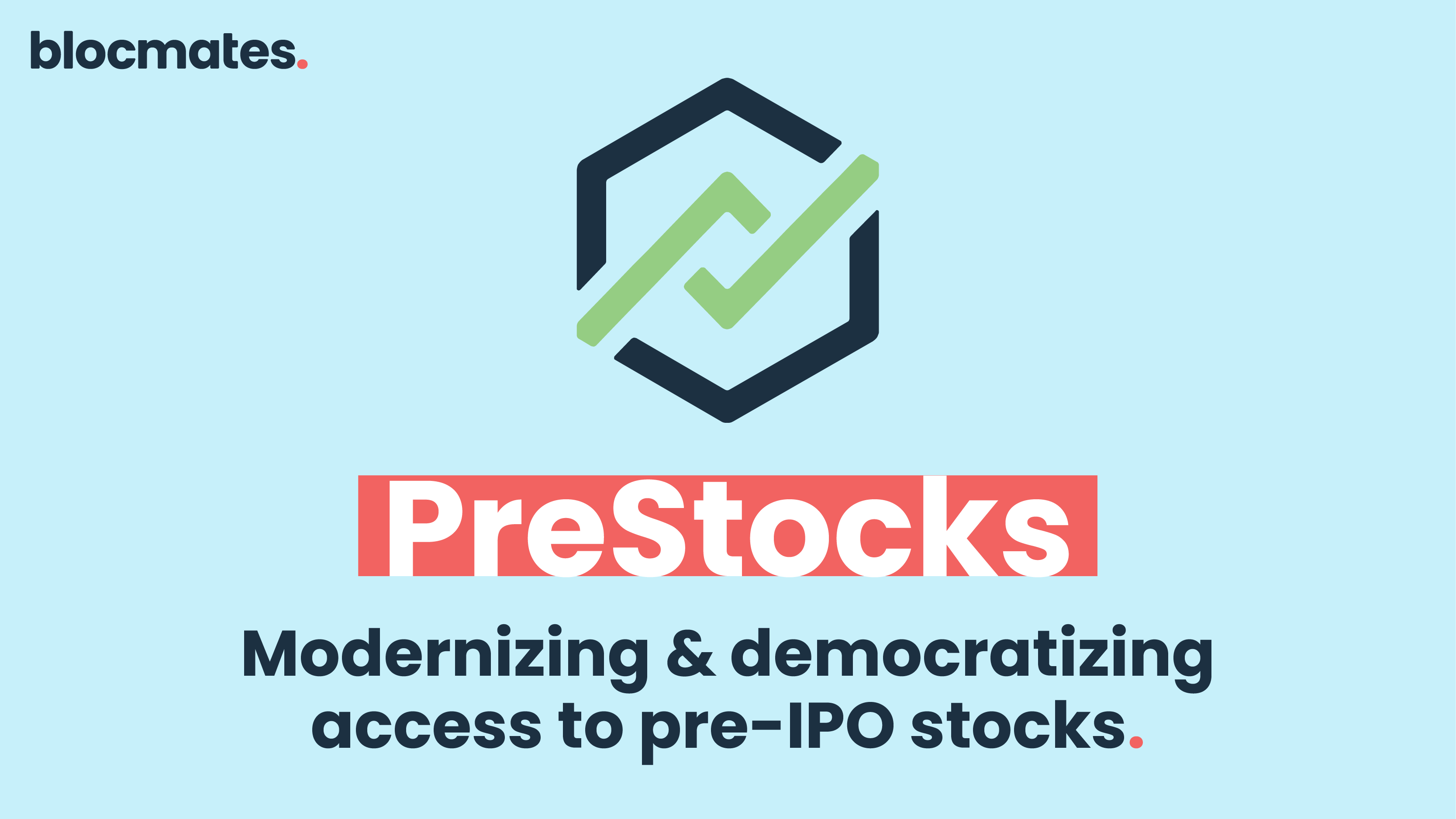

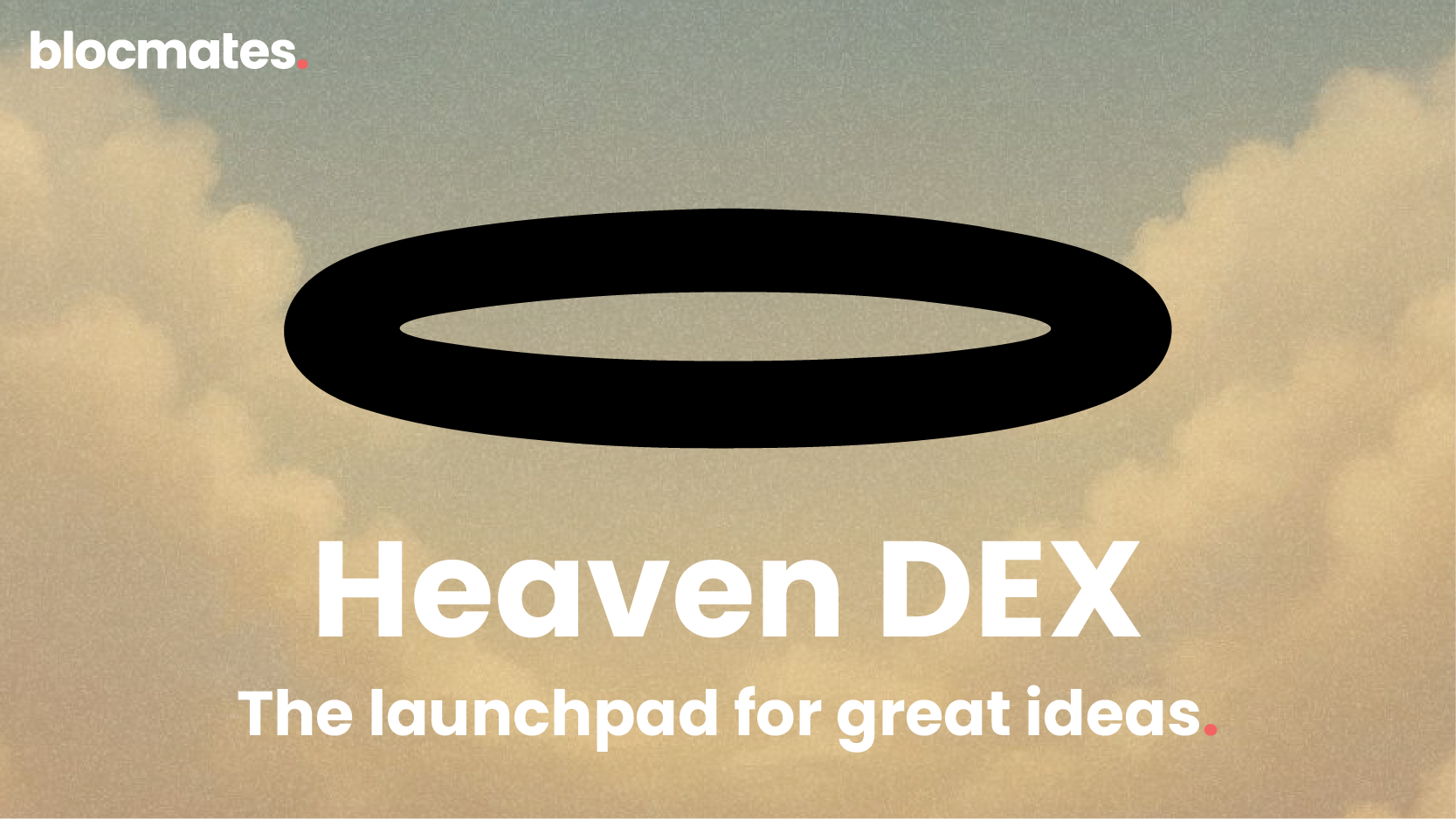

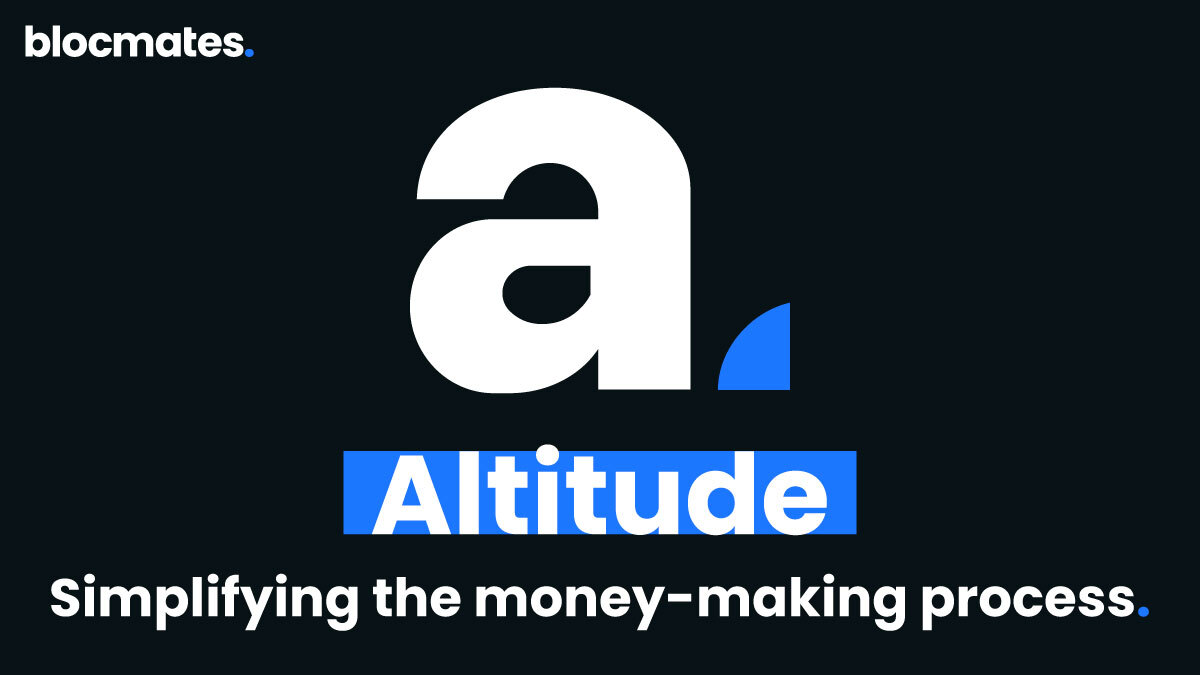
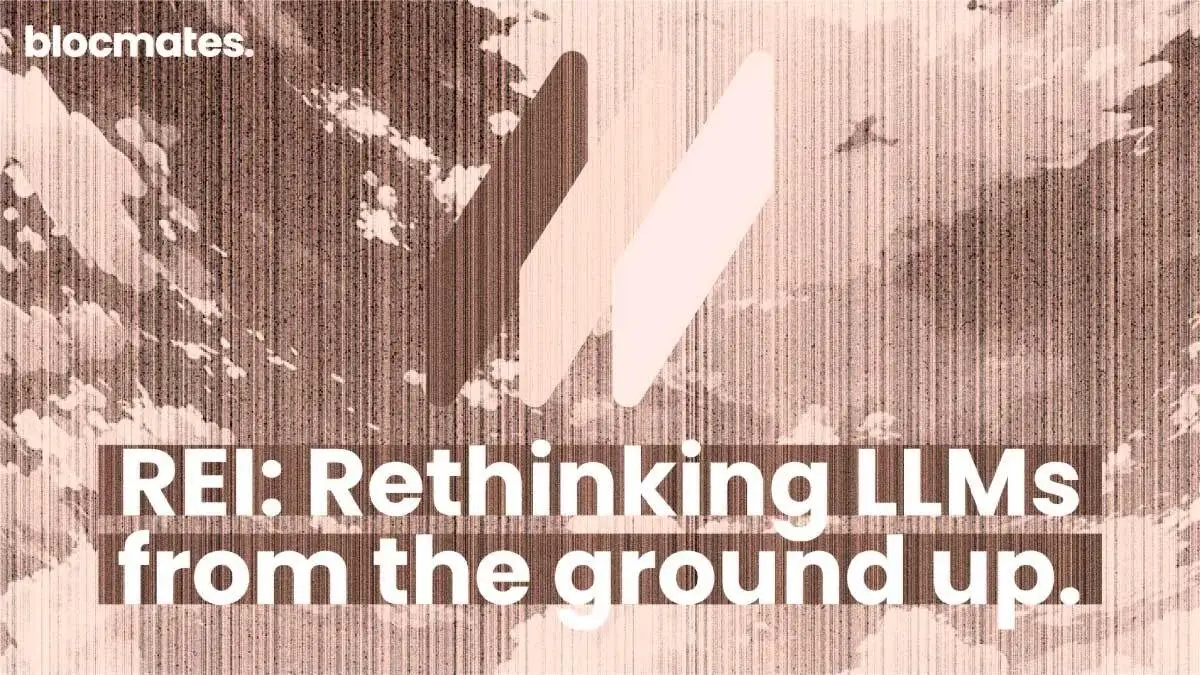
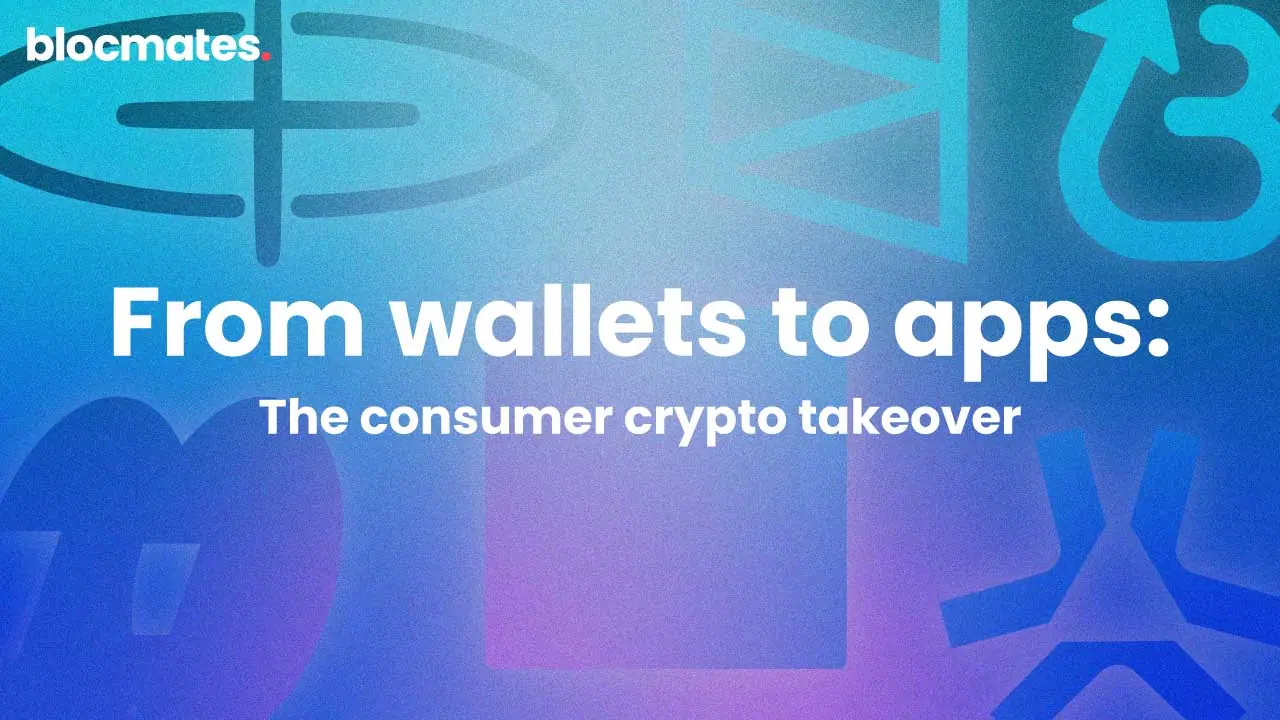
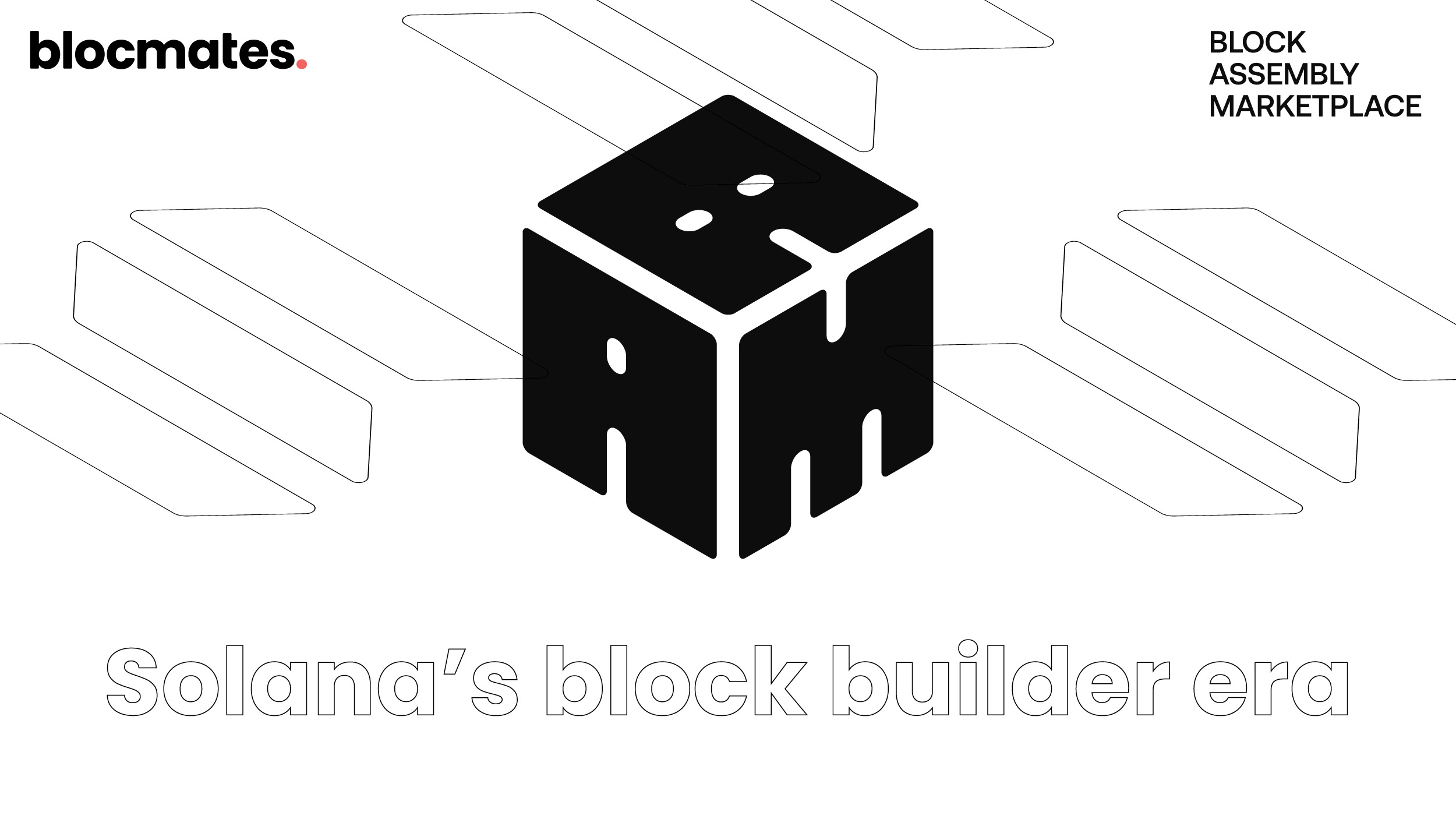
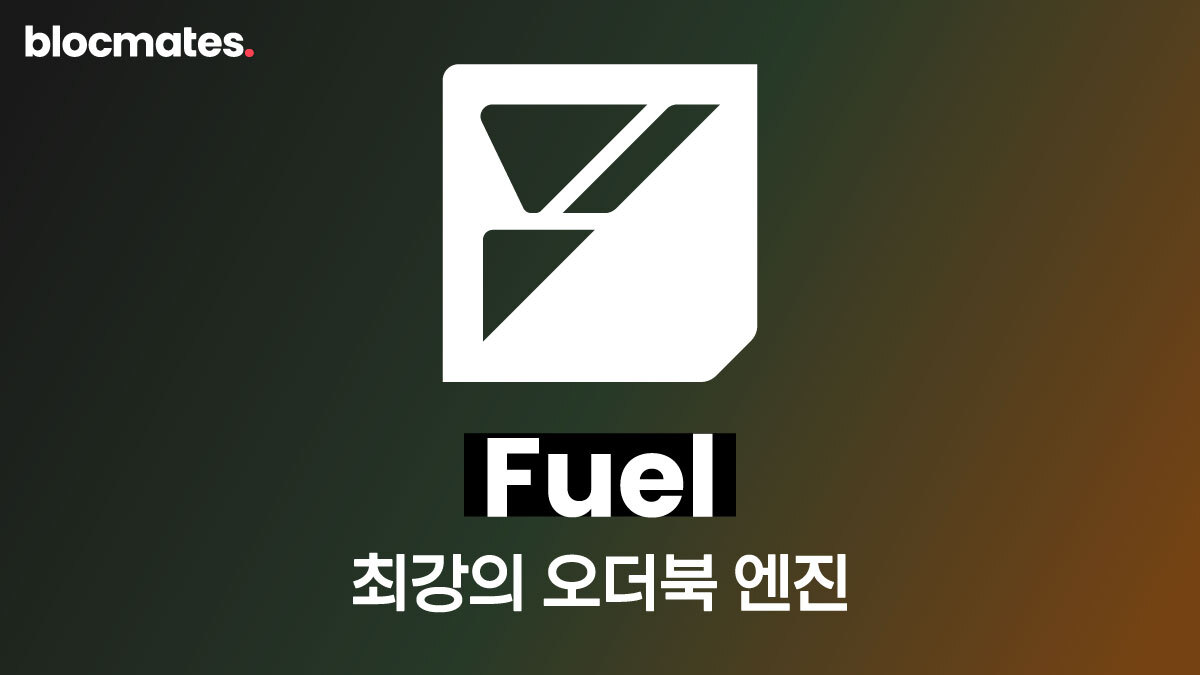
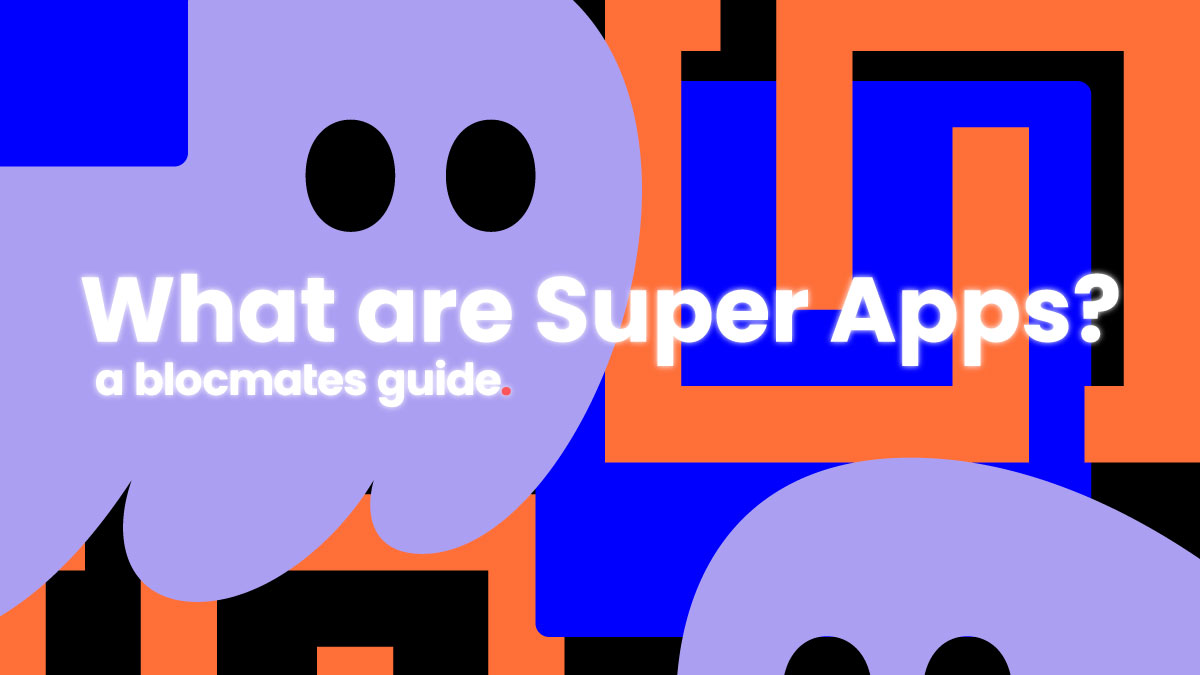
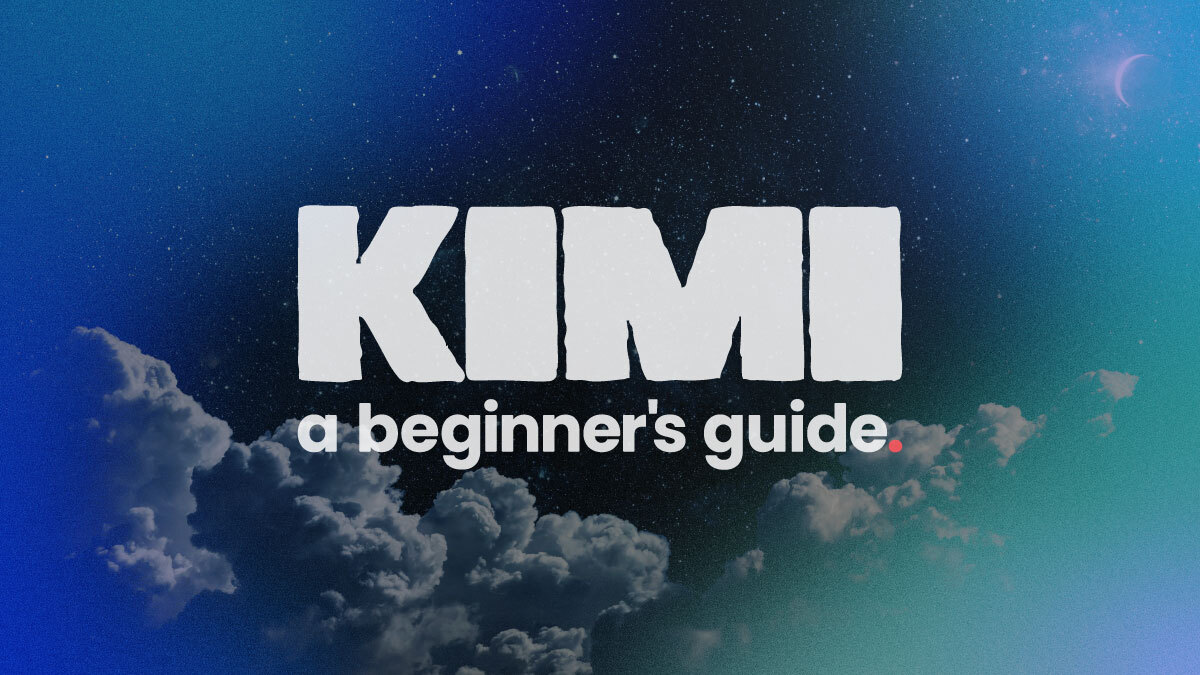
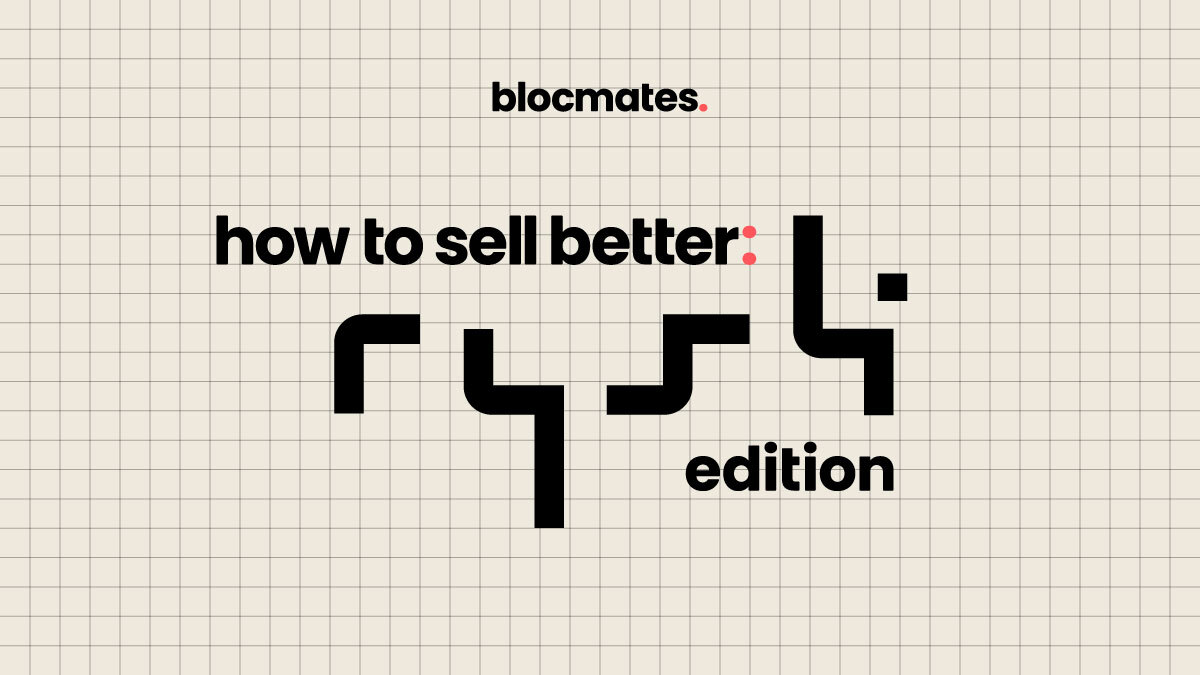























%202.webp)


.webp)

.webp)
.webp)
.webp)


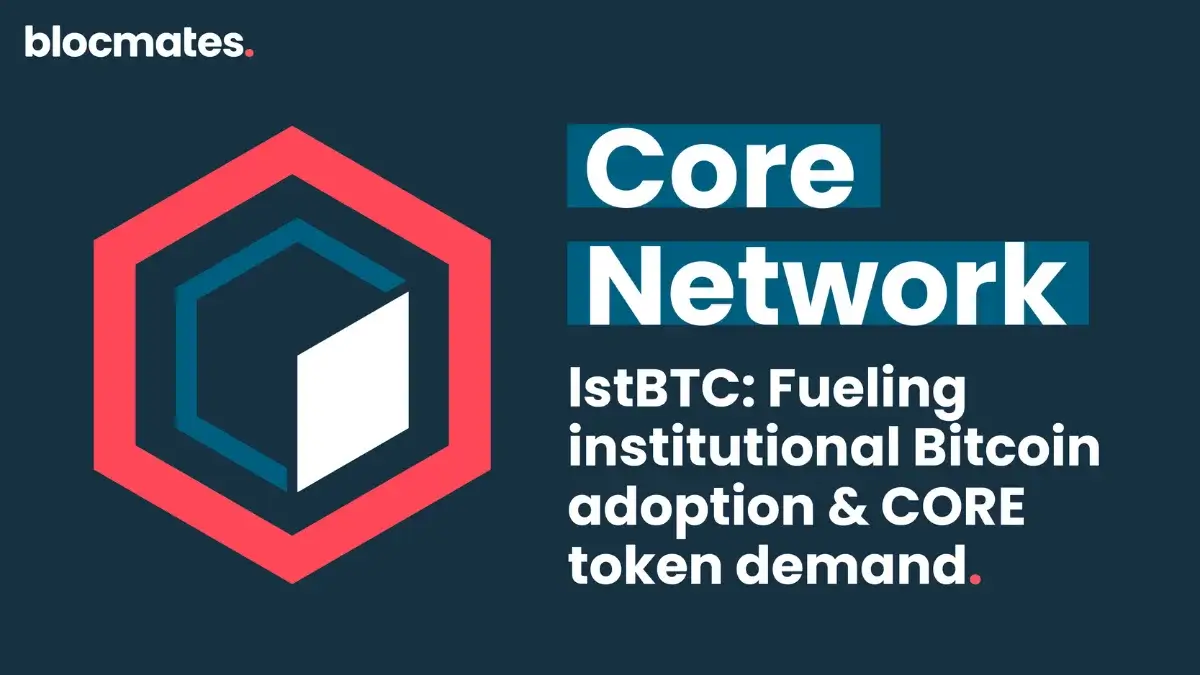
.webp)












%20the%20Next%20Big%20Unlock%20in%20AI.webp)




.webp)
.webp)
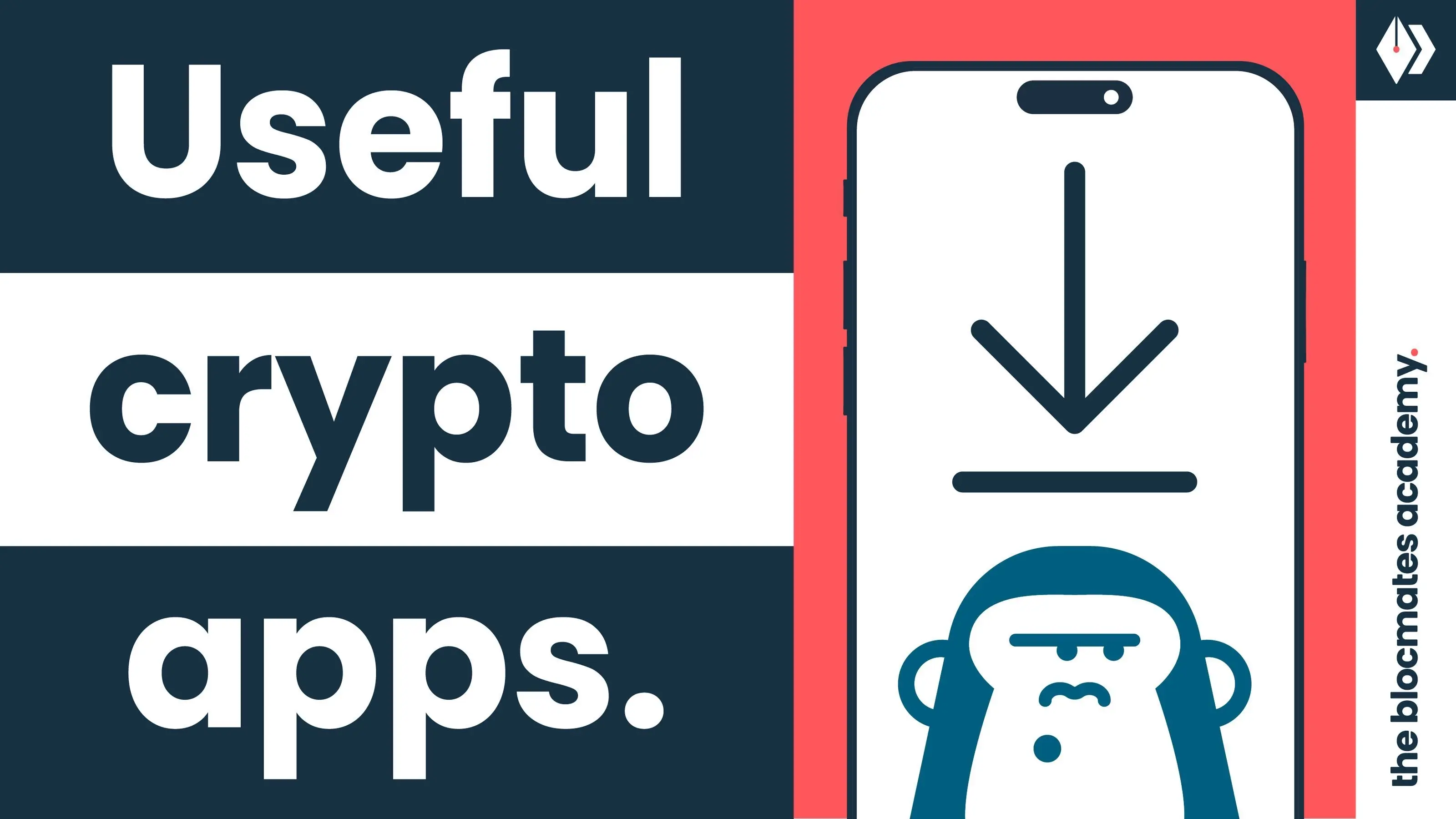
.webp)
.webp)
.webp)


.webp)
.webp)










.webp)


.webp)






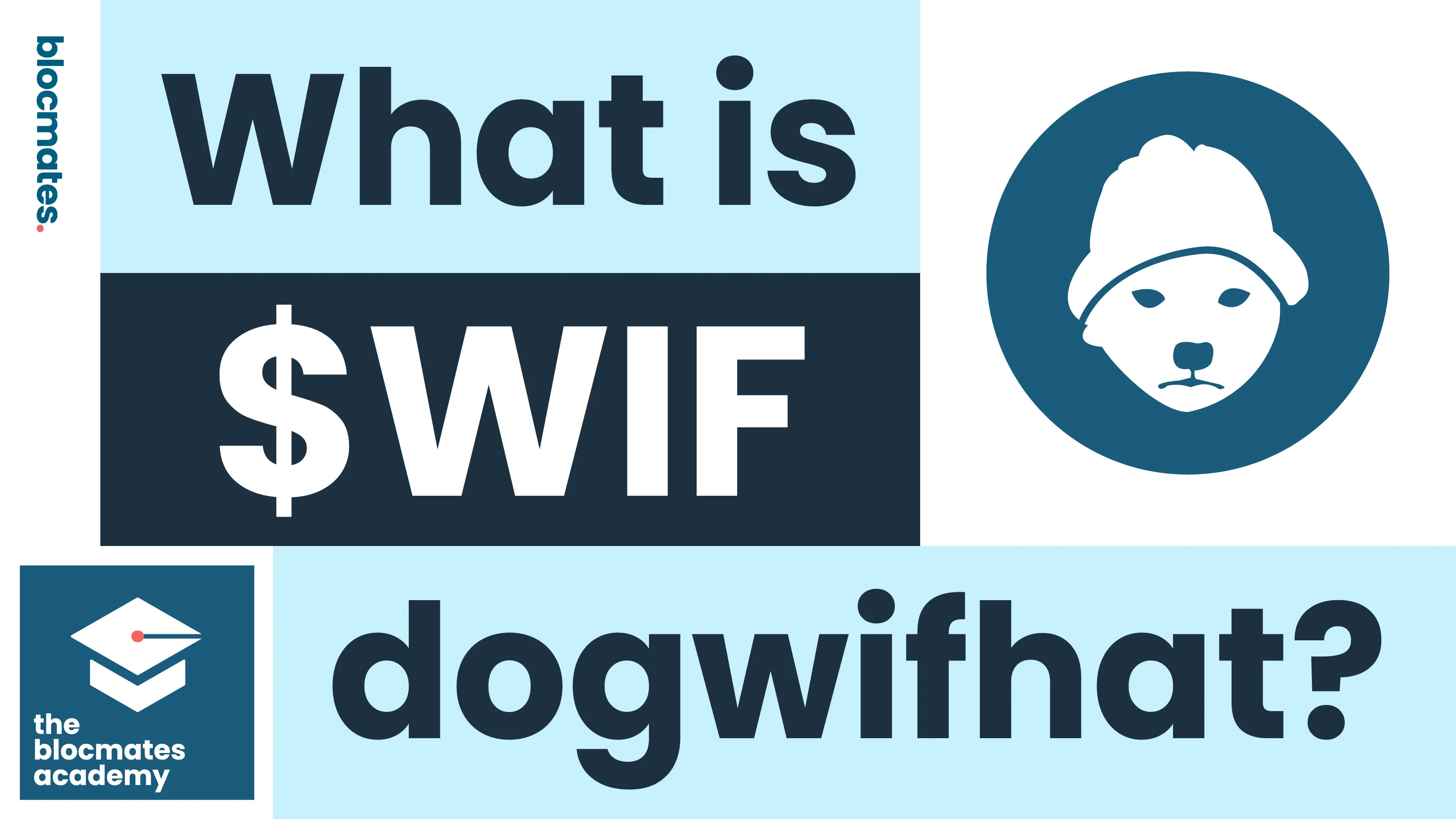


.webp)







.webp)
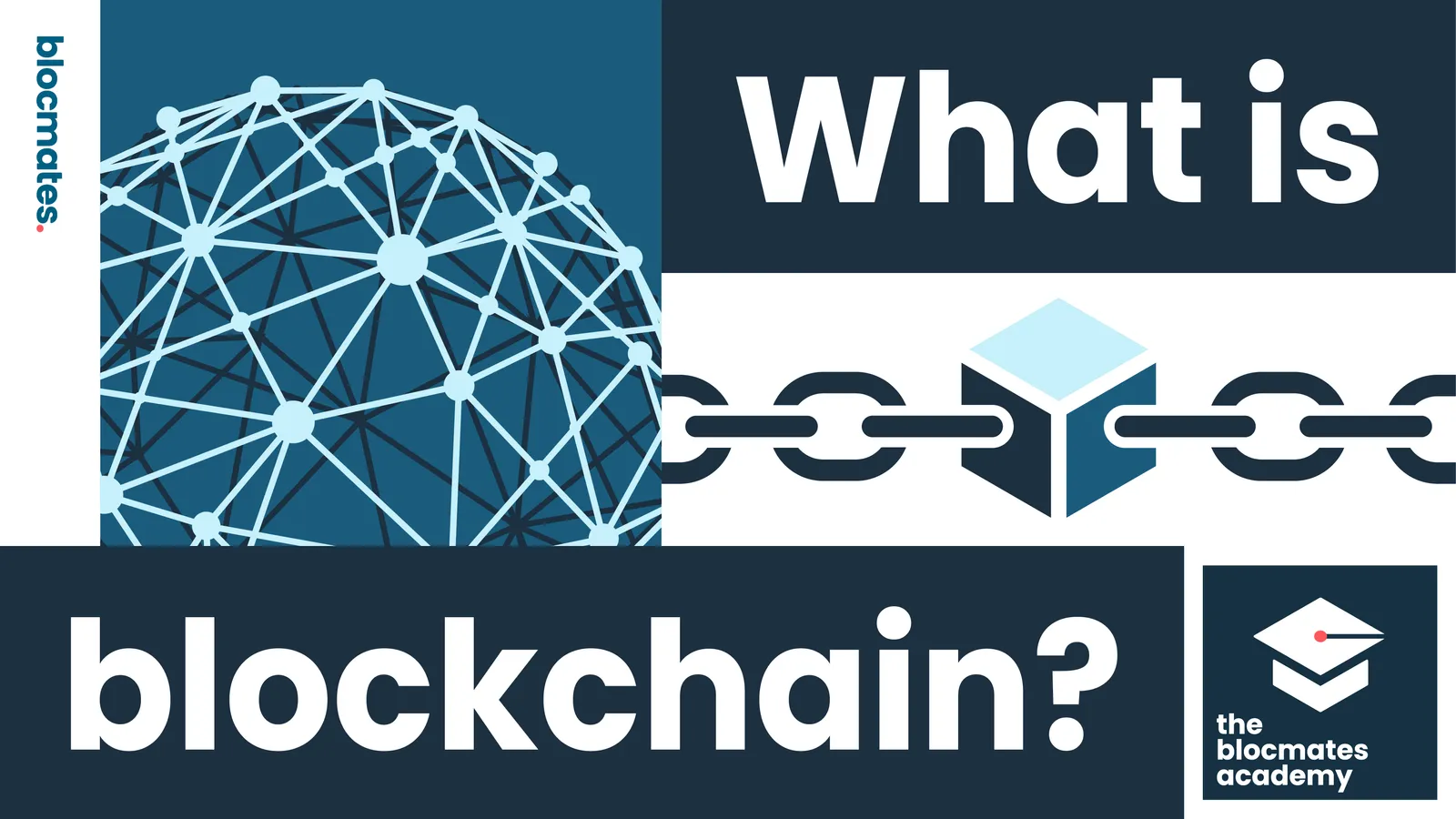



.webp)









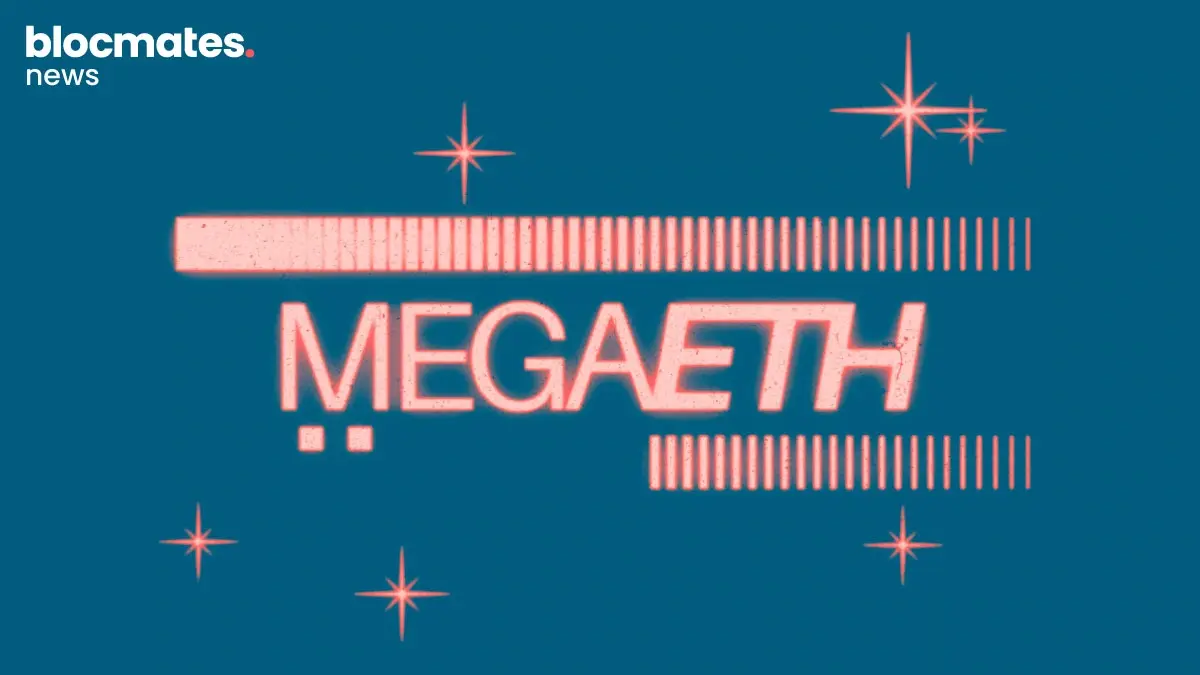




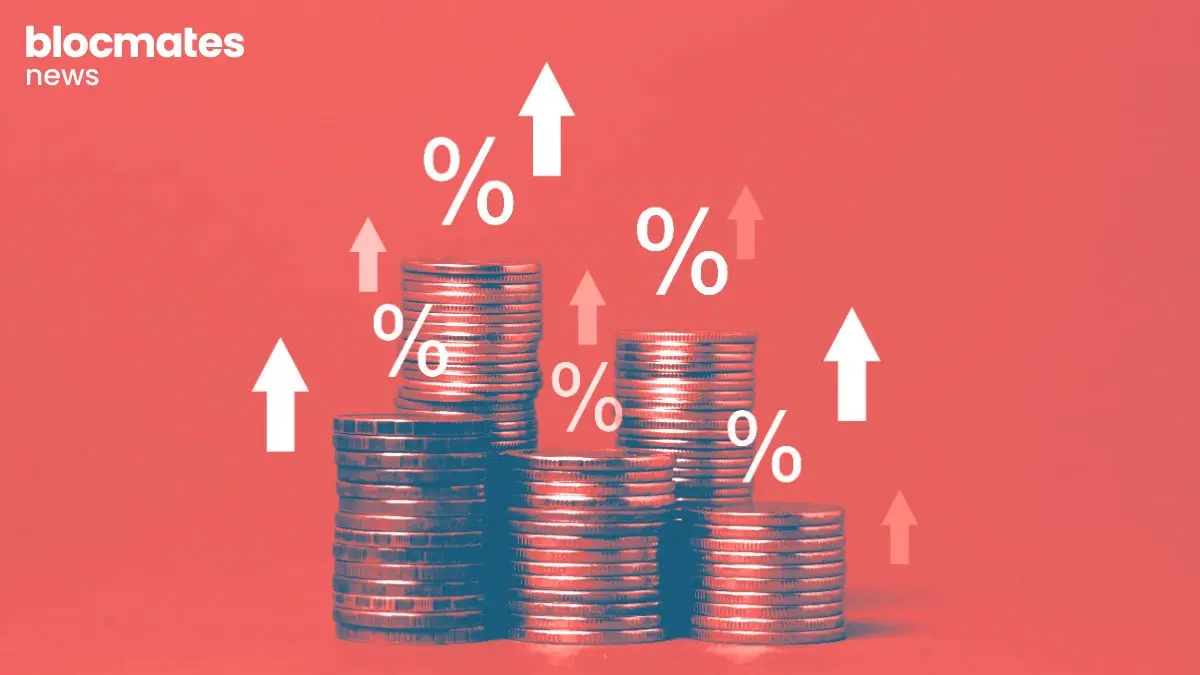



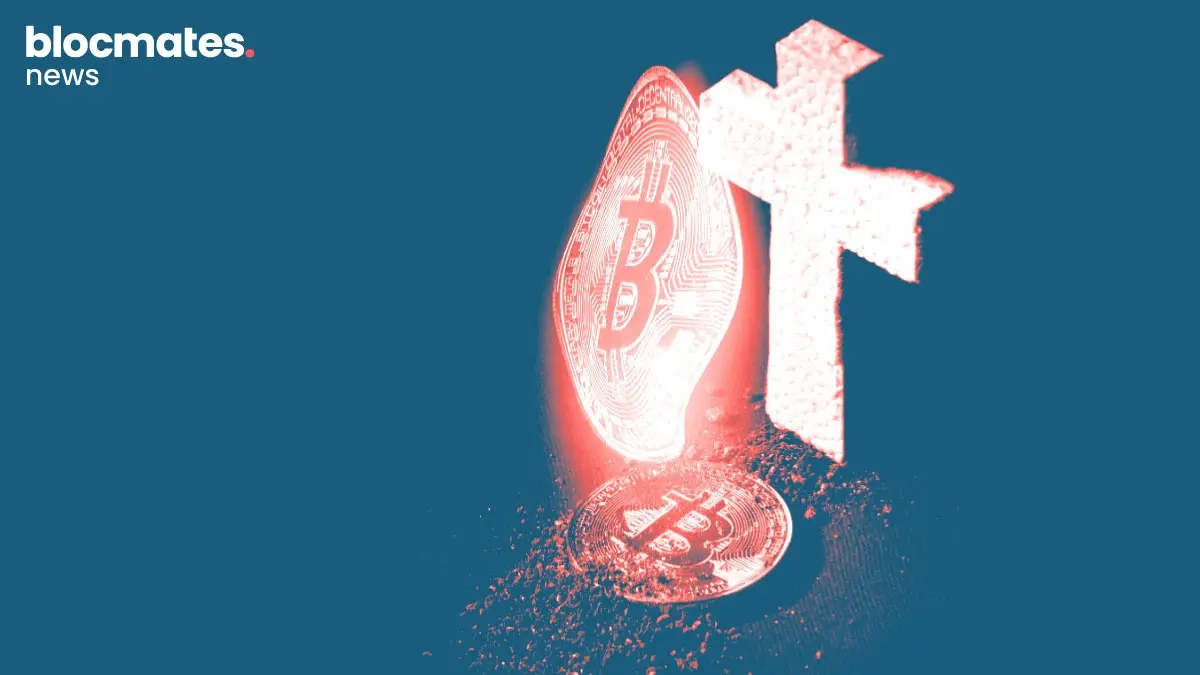

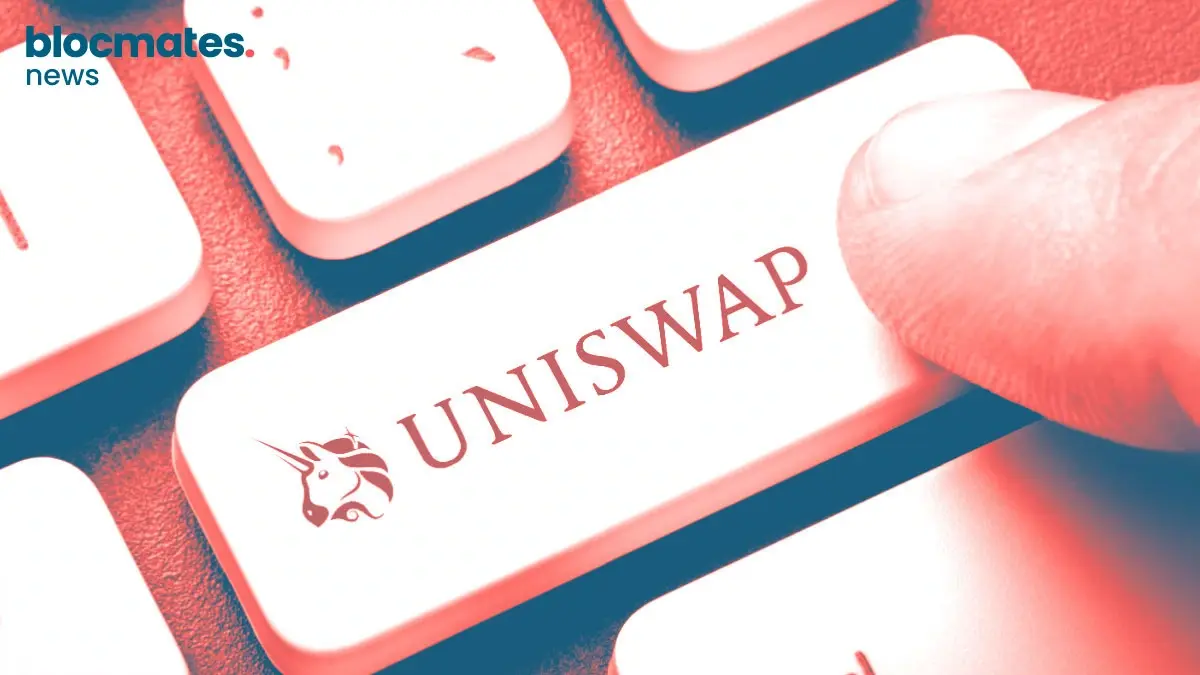

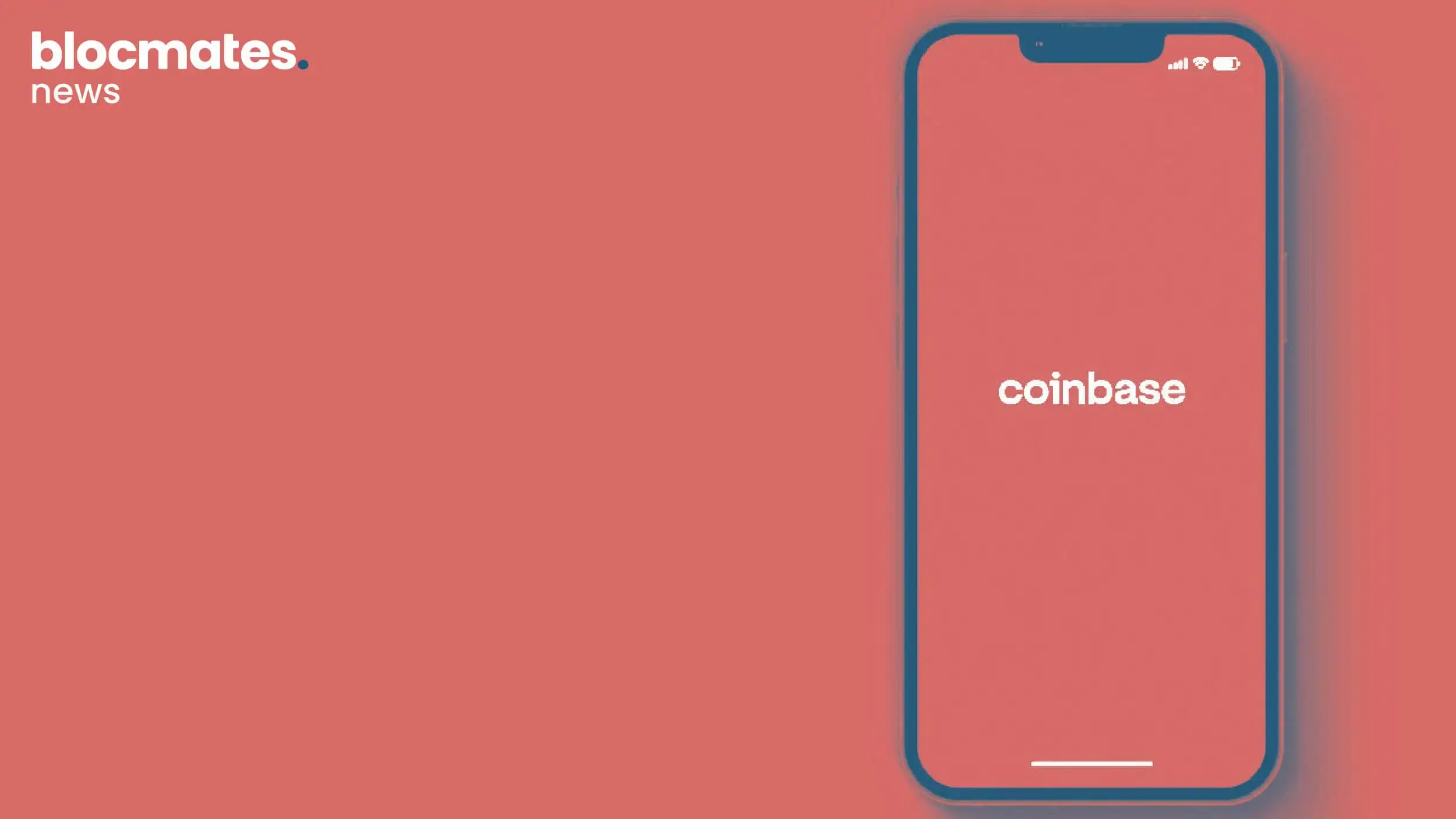

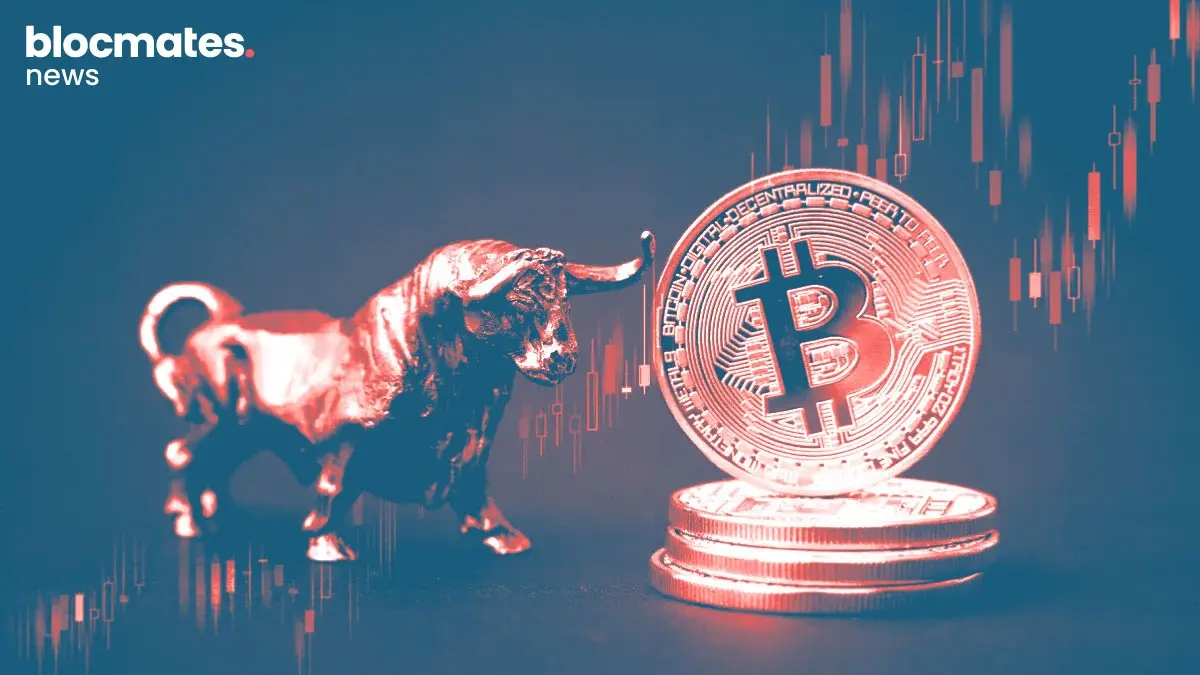

.webp)
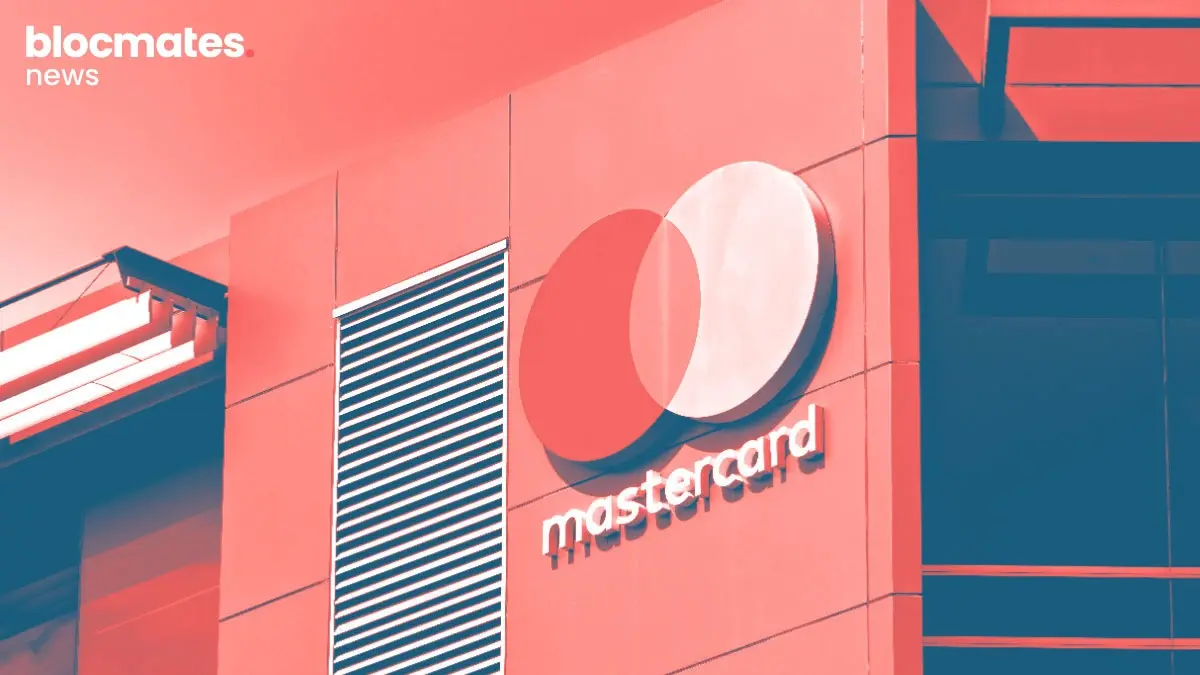


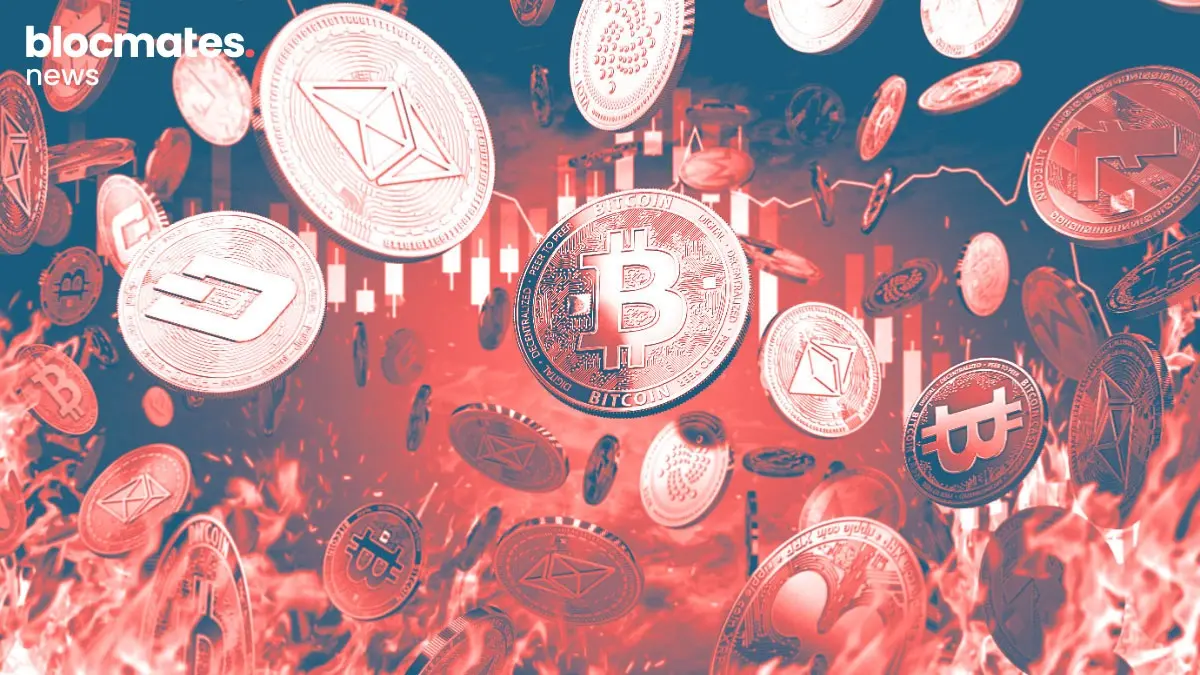

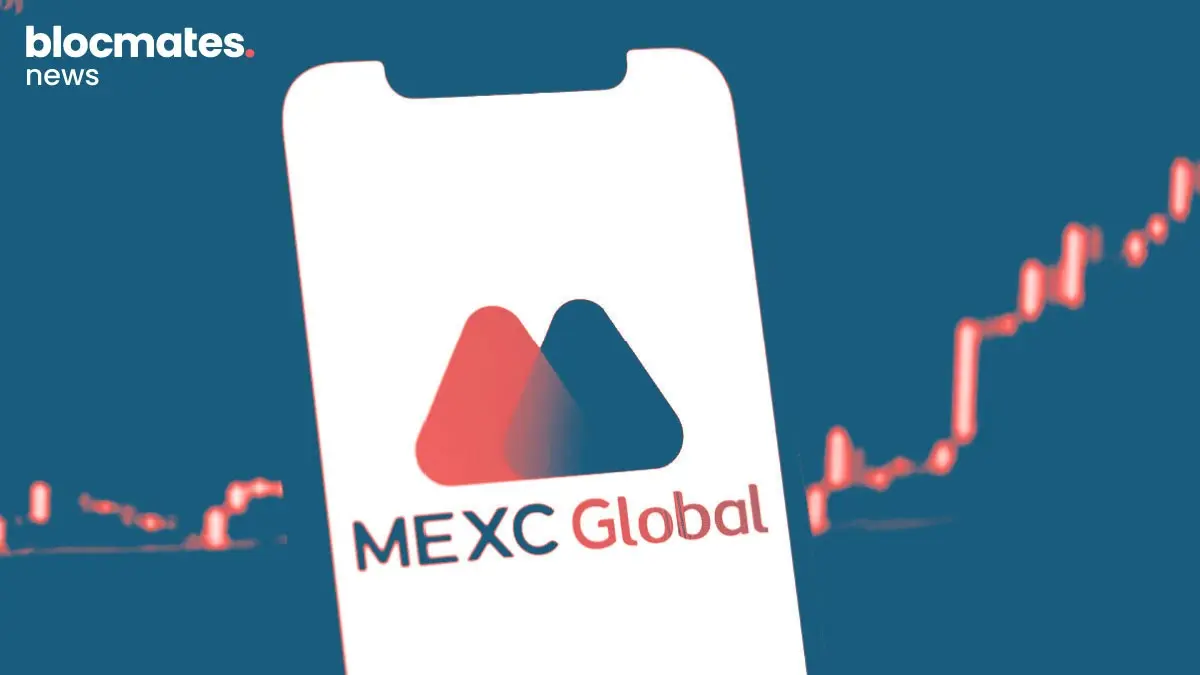

.webp)



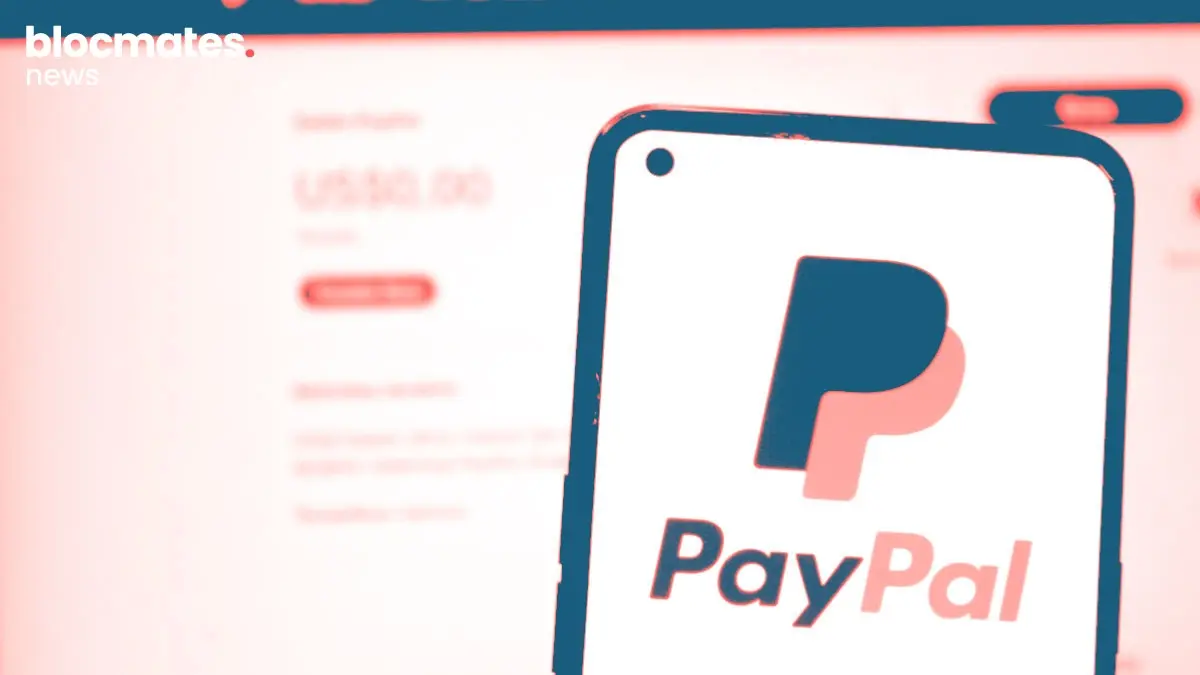

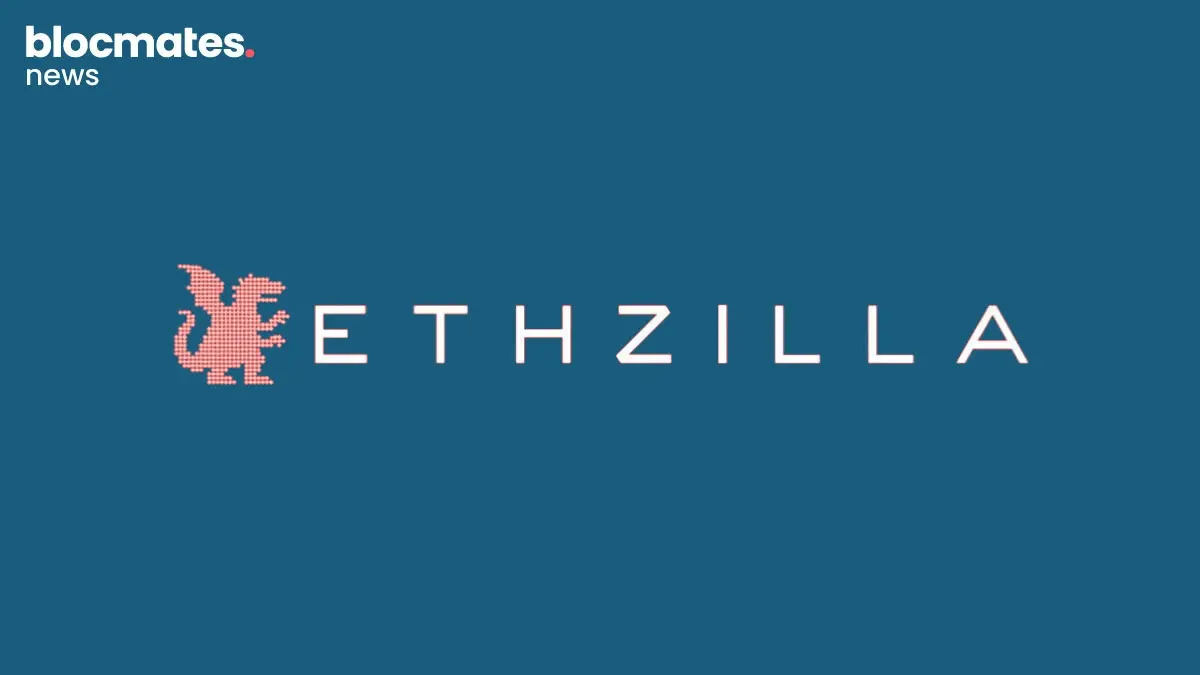
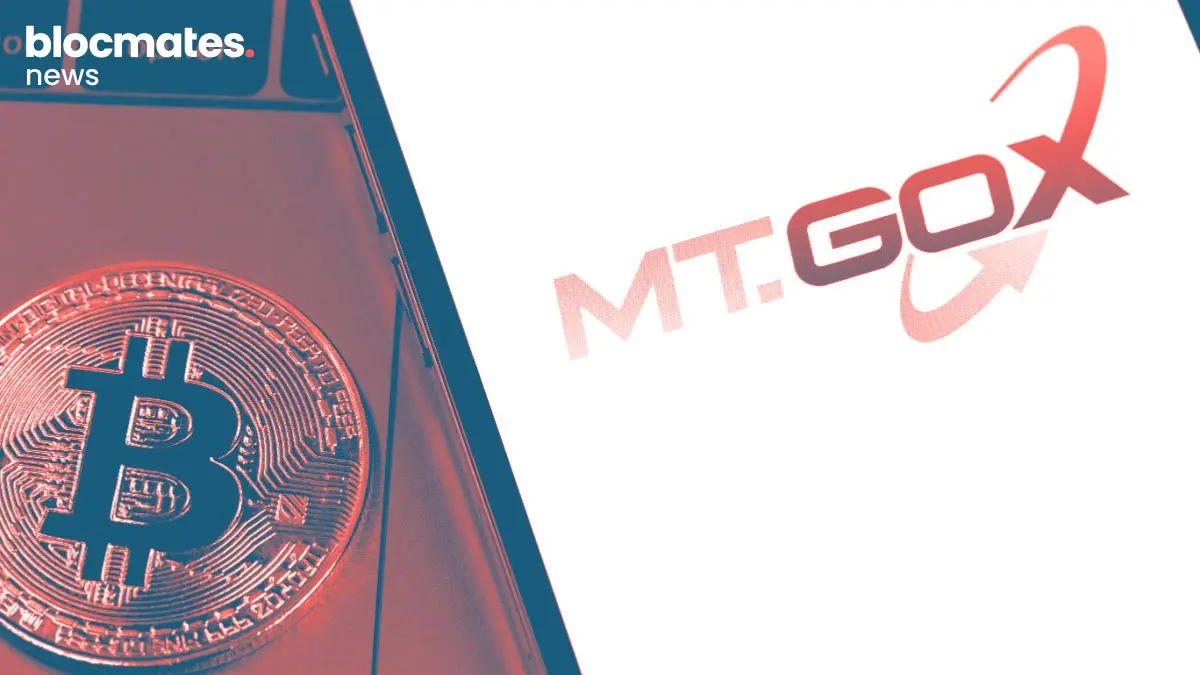

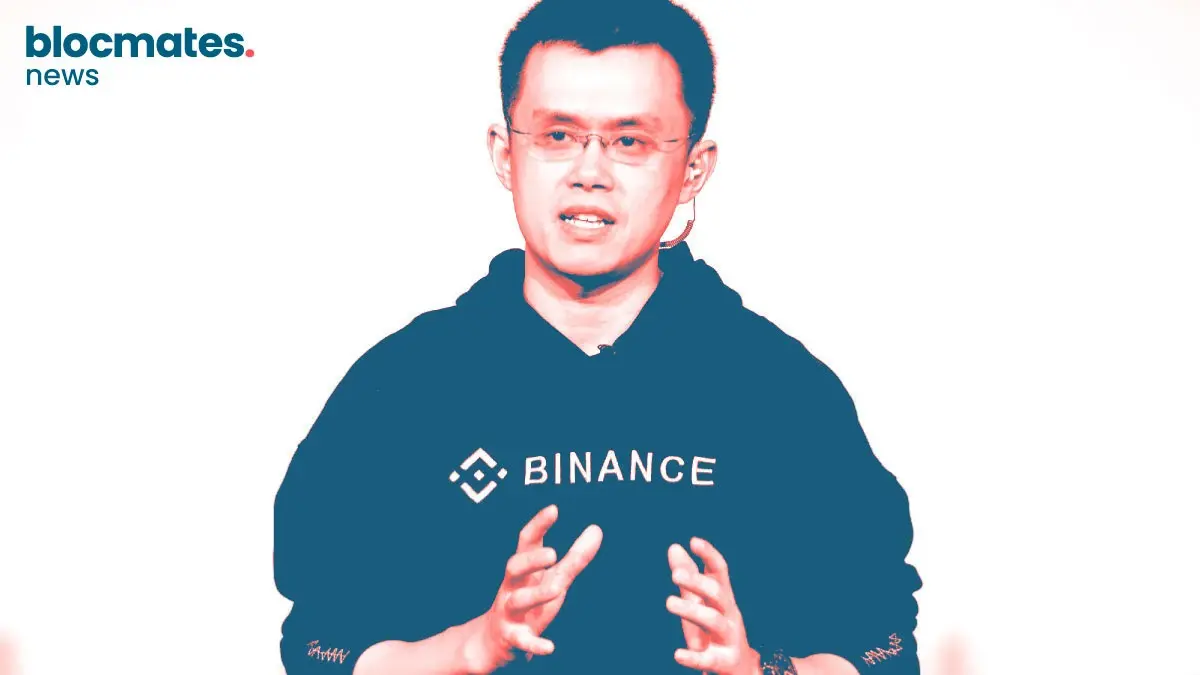


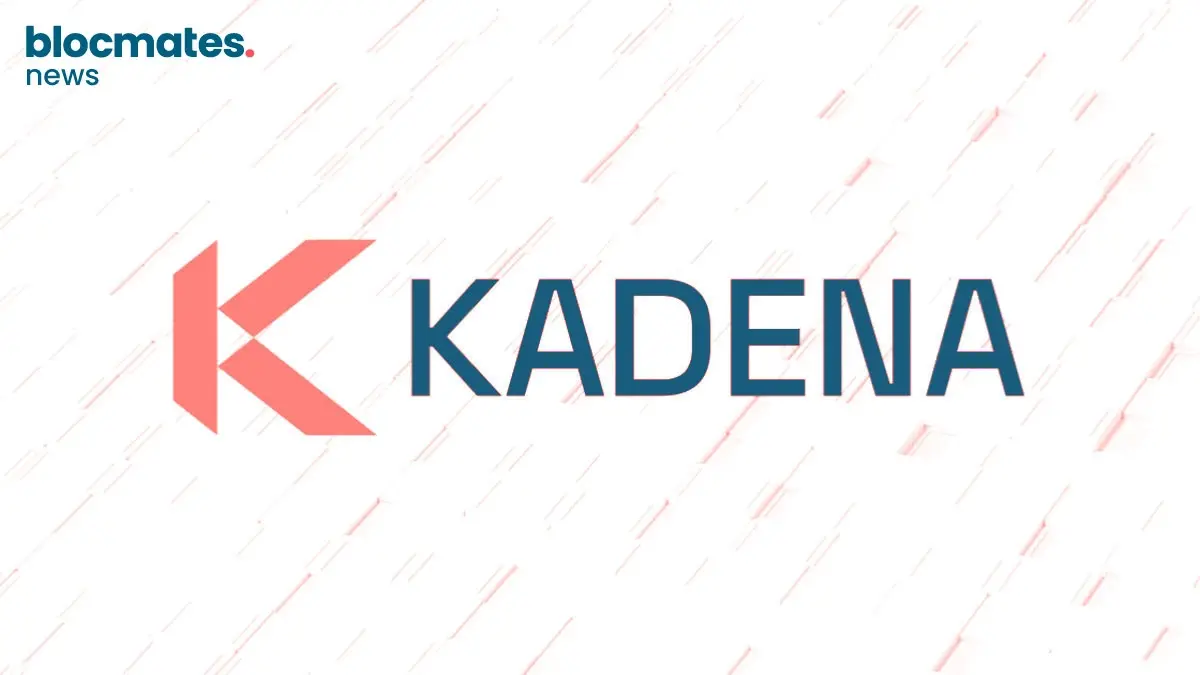

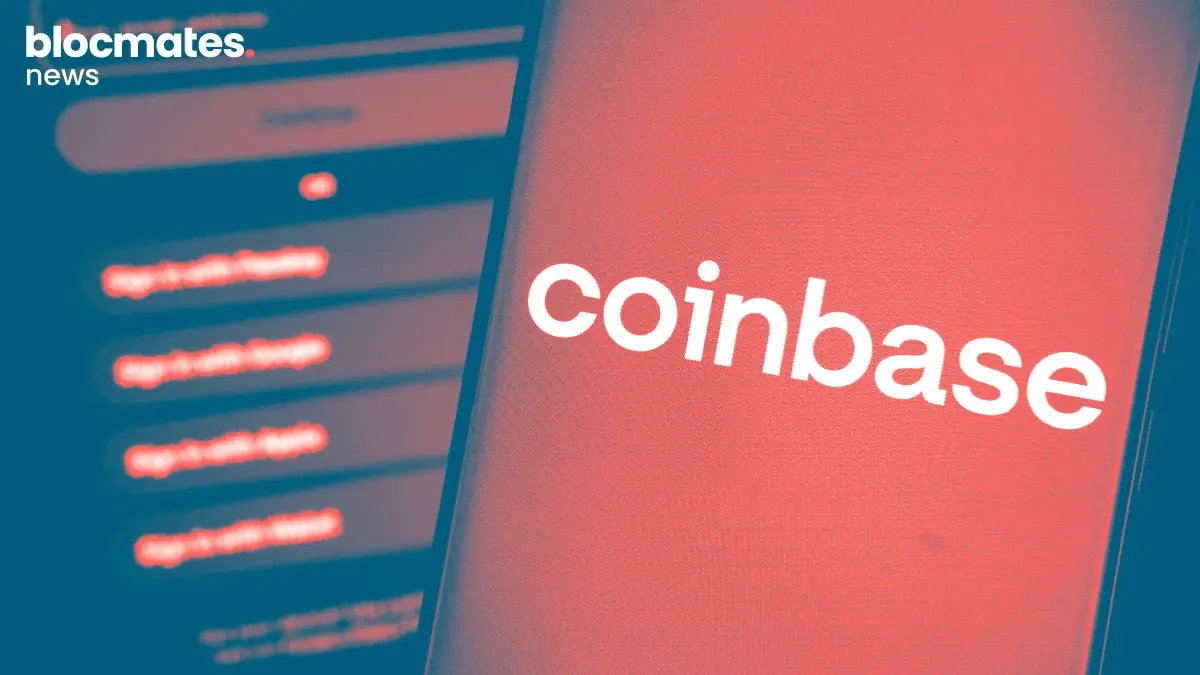
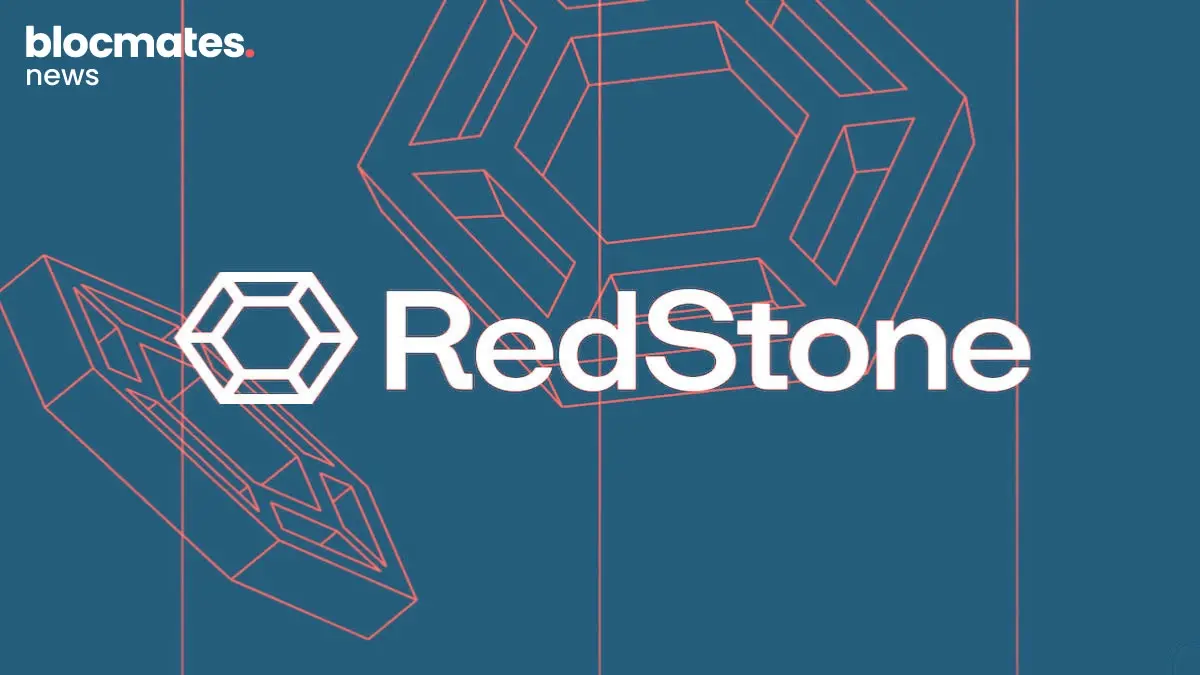
.webp)
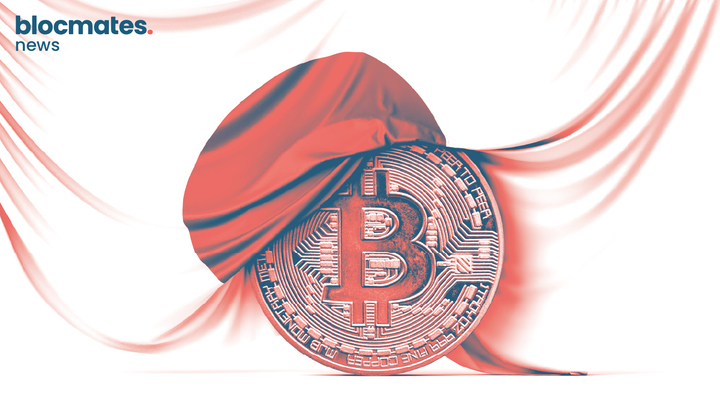
.webp)
.webp)

.webp)


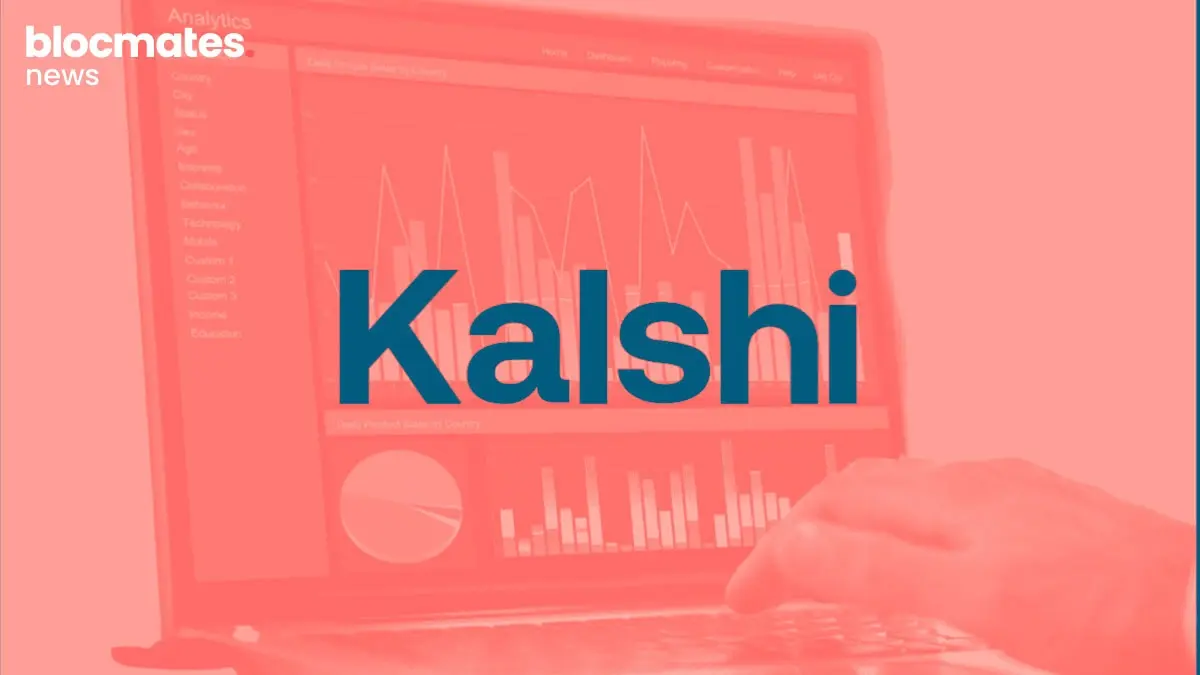



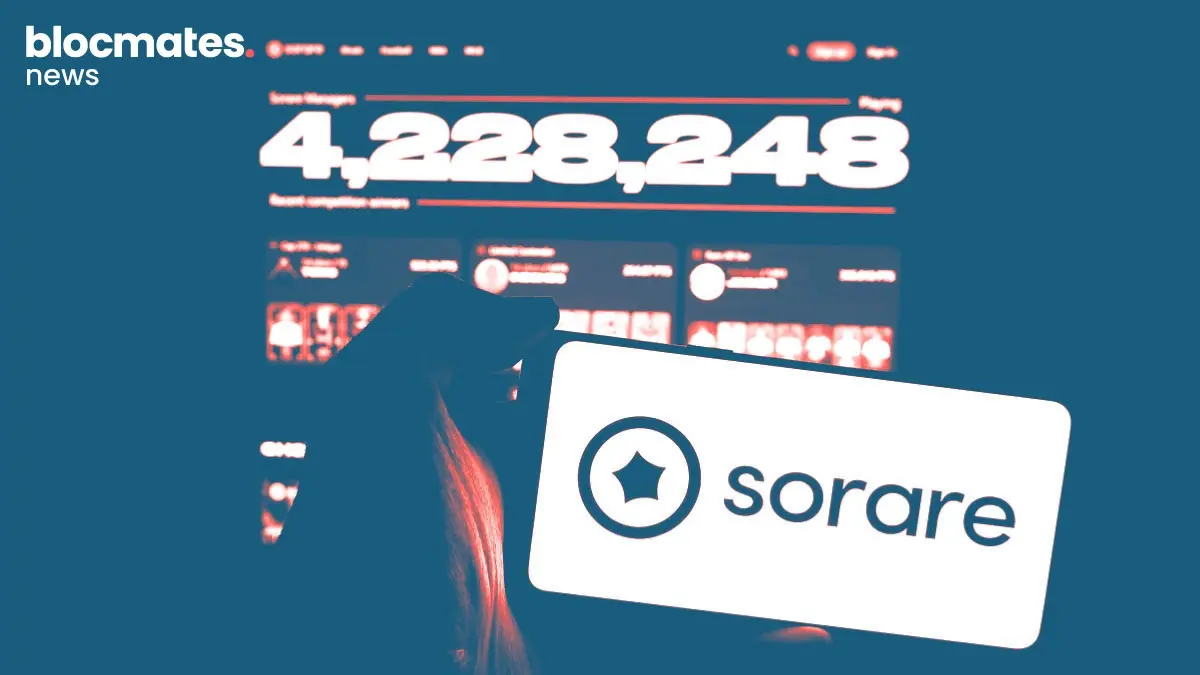


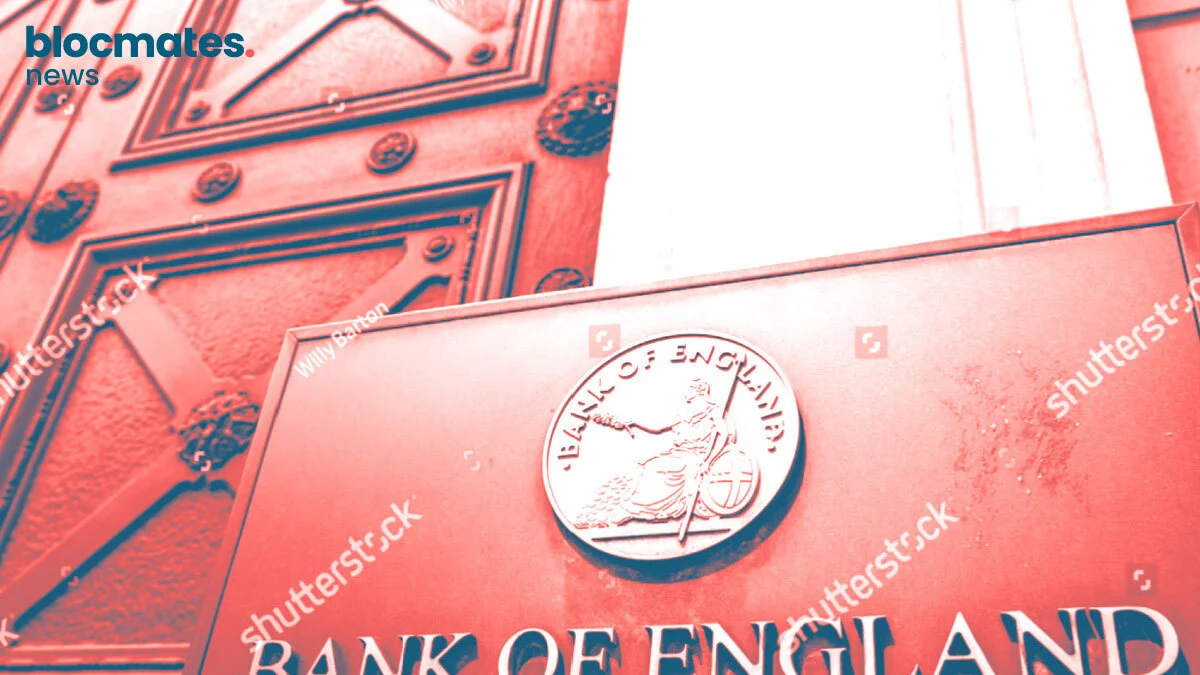

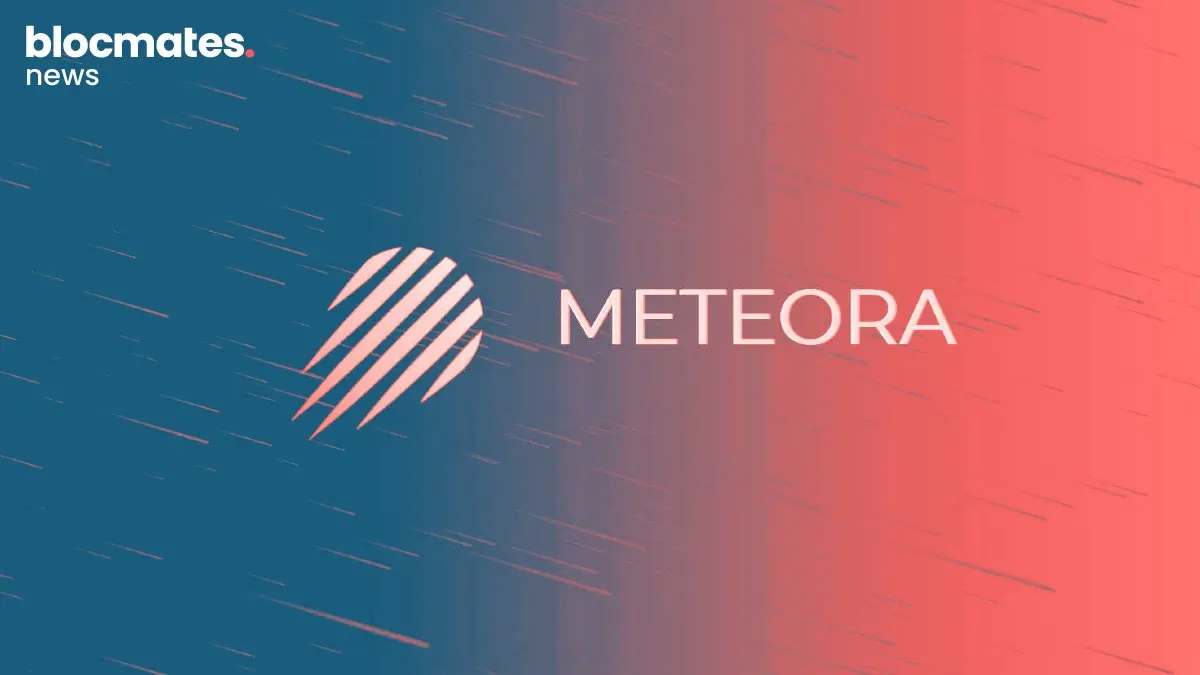
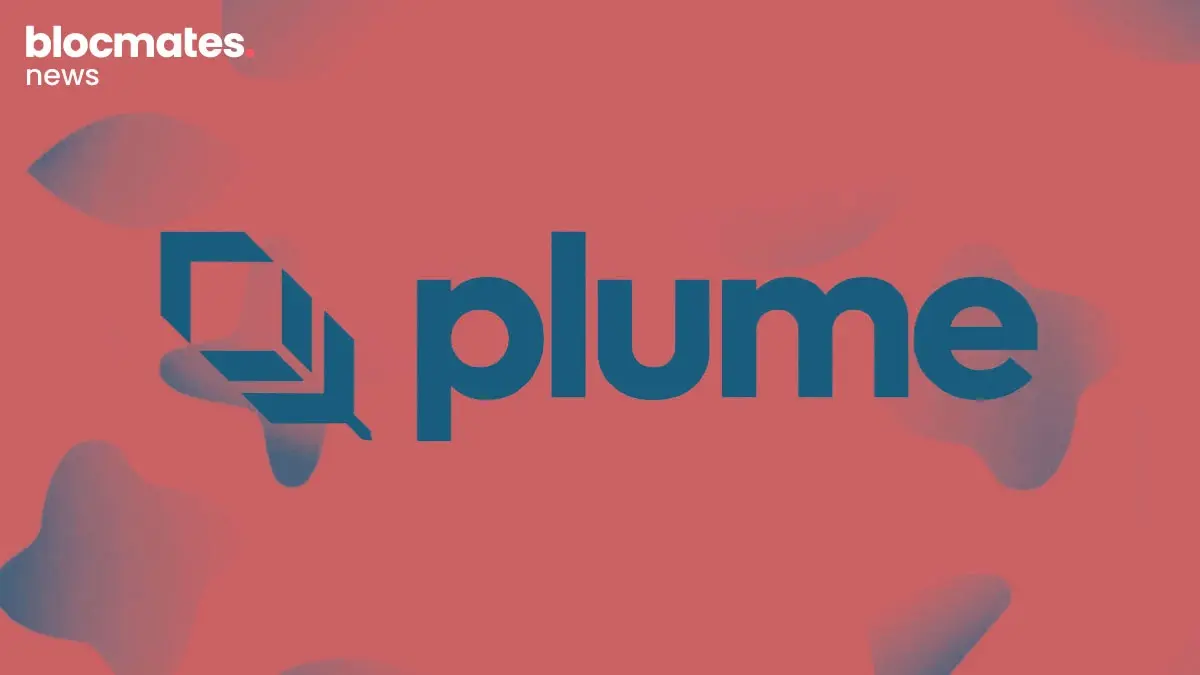

.webp)

.webp)

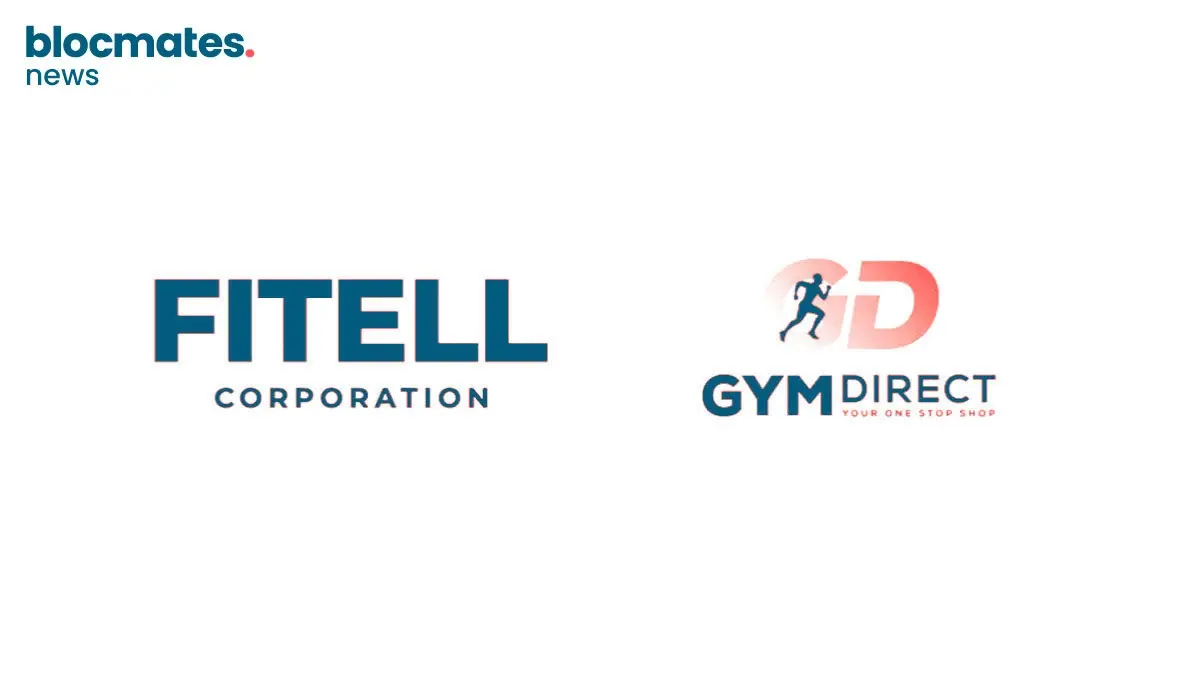
.webp)

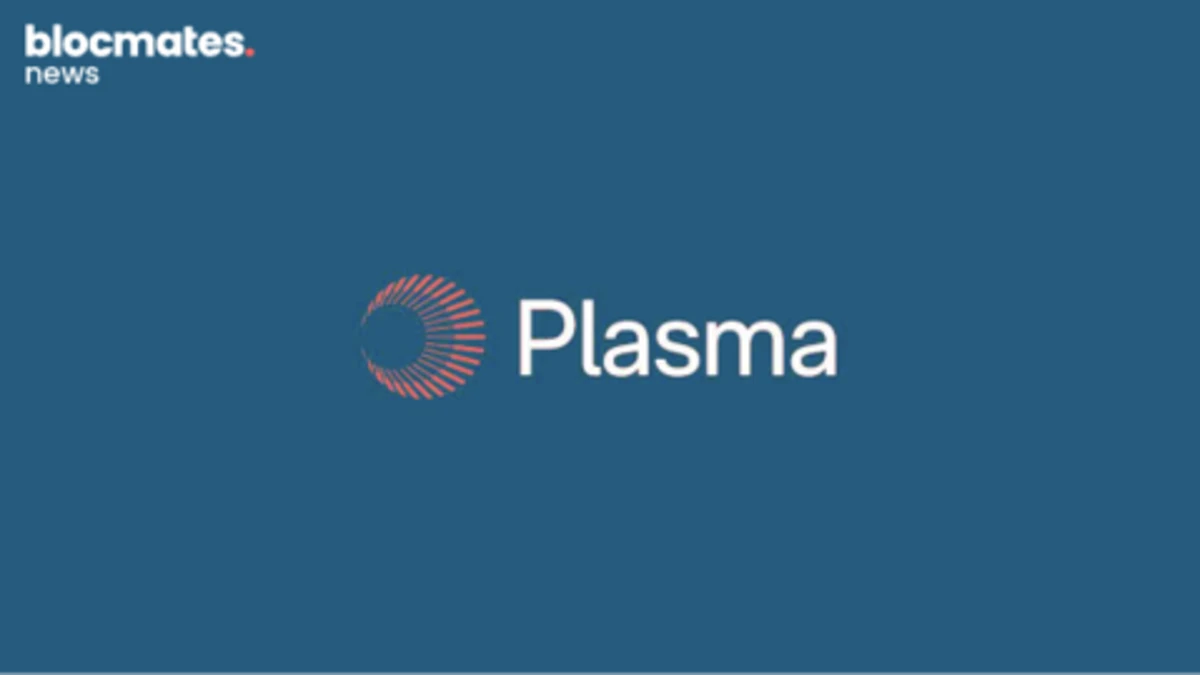

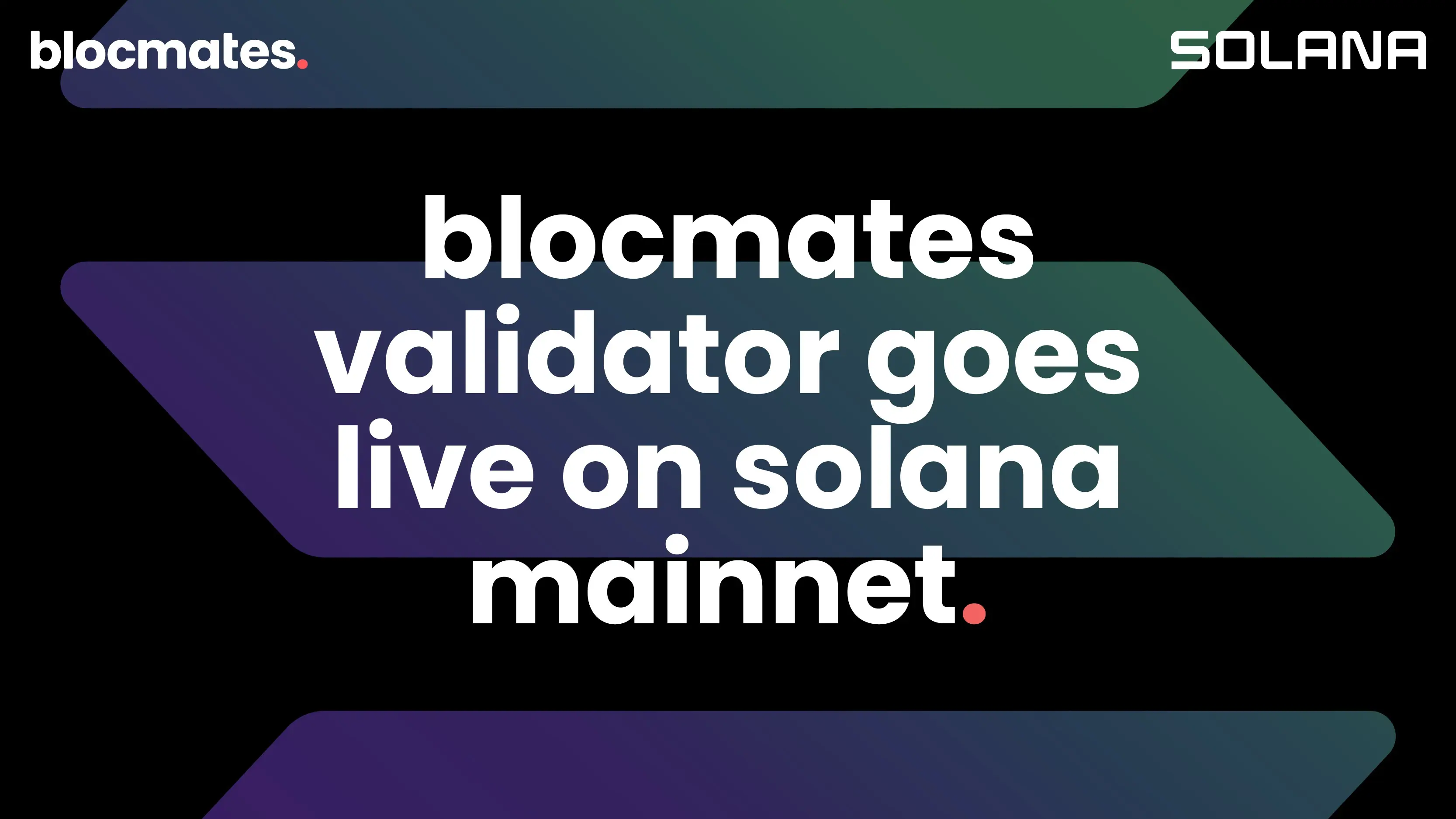

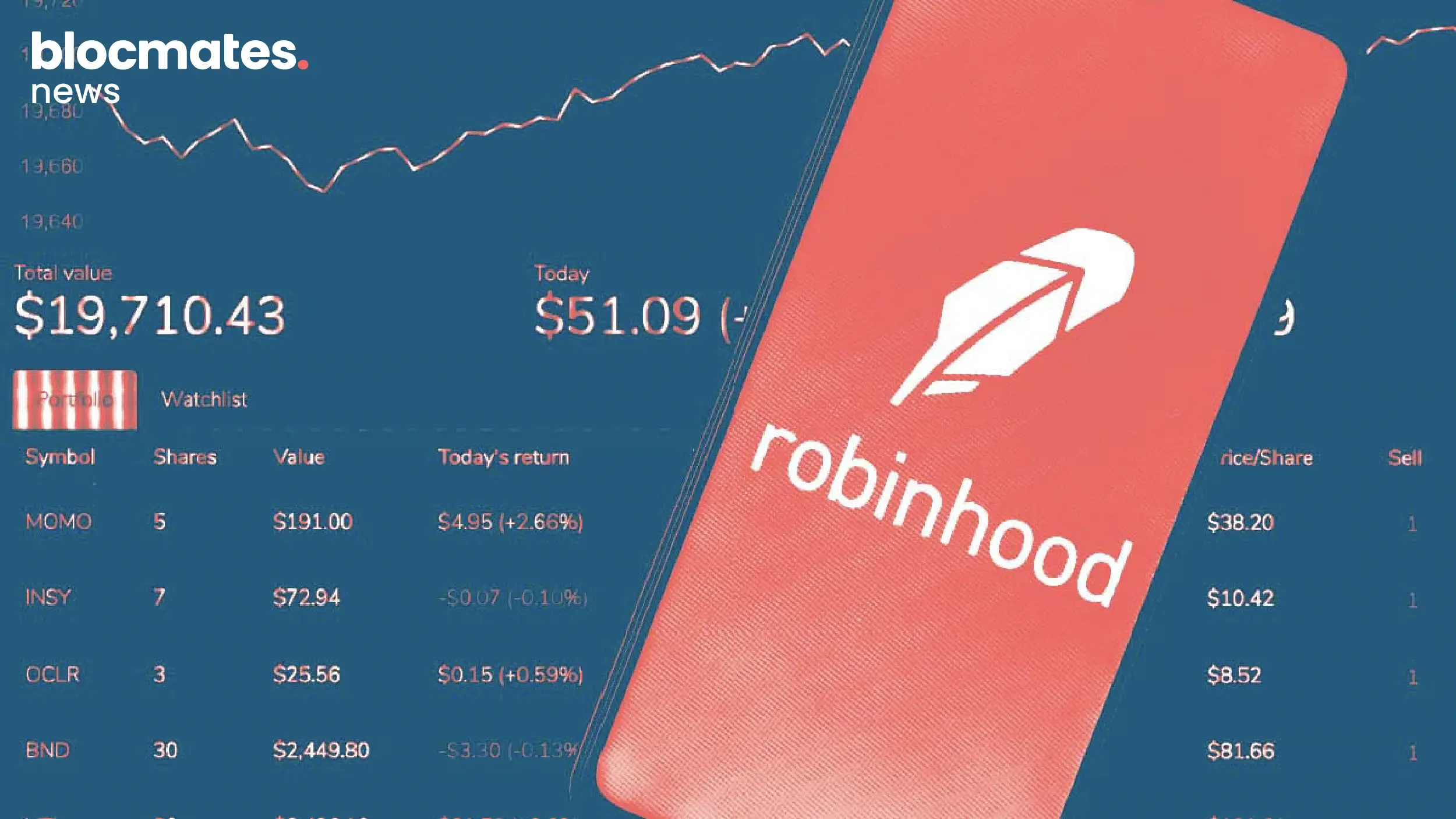

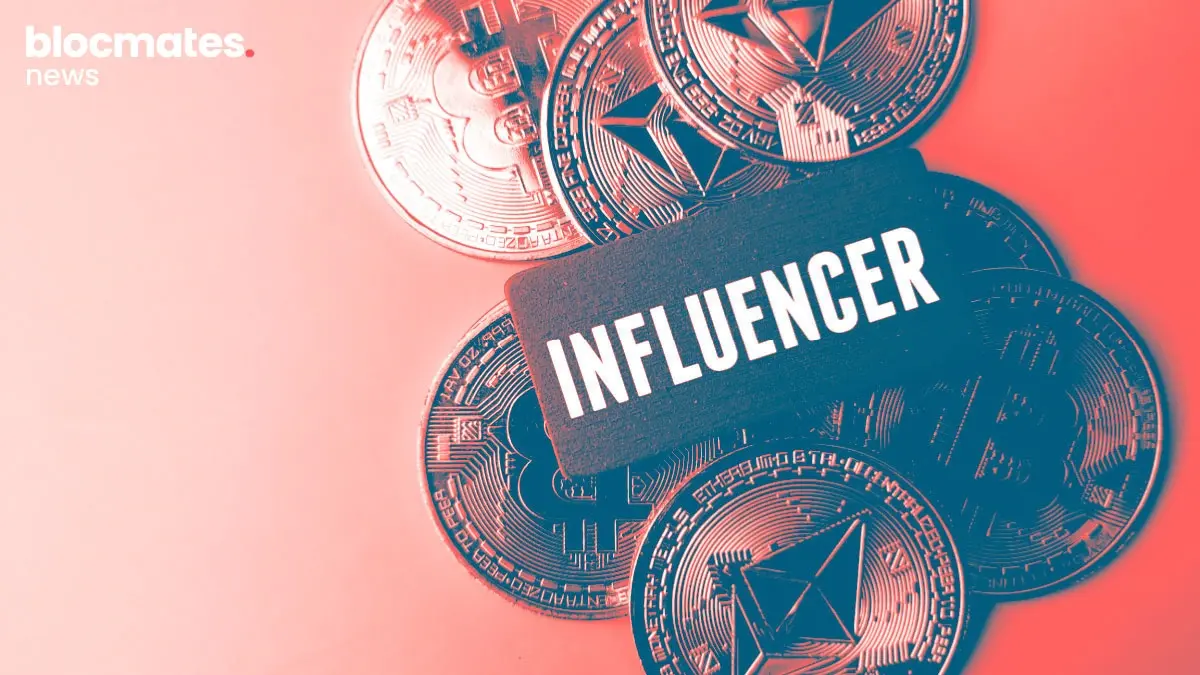
.webp)
